Memories, A Journey to Changing Your Mind

Those functions may be affected in children, adults, older adults and the elderly.
Reasons for memory deterioration can be age-related, but can also be hormonal, inflammatory and even psychological in origin (1,2).
Memories are complex central nervous system phenomena. Scientists agree that we have about four types of memory.
We have a working memory, a sensory memory, a short-term memory and a long-term memory (3).
Some even take the argument further and claim that those different types of memories are actually only stages of memory as the formation of memories is a very complex multifactorial process (3-5).
Working Memory
-
Problem-solving
-
Remembering enough to use the information
-
Usually, upon solution, the information is not retained
-
Information can be manipulated
-
Used in solving math problems or in finding solutions for everyday problems
Short-Term Memory
-
Similar to working memory
-
Information is retained for about 30s
-
Like remembering a short word list and repeating it
-
Information can only be produced a limited number of times
-
Information is not manipulated like working memory
Short-term Memory Brain Locations
-
Prefrontal cortex
-
Frontal lobe
-
Parietal lobe
Sensory Memory
-
The single second memory
-
A memory stimulated by a sensory stimulus
-
The stimulus may be a smell or a sound
-
Though one may forget every experience of smell on a specific day, the memory triggered by smelling a burning meal is not forgotten
Sensory Memory Brain Locations
-
Temporal lobe
Long-Term Memory
-
Any memory that lasts more than 30s is an example of a long term memory
-
There are many types of long term memories
Long-term Memory Brain Locations
-
Hippocampal involvement
-
It may be manipulated even up to 3 months after the encounter
-
Changes your brain connections permanently
-
Associated with the prefrontal cortex, cerebrum, frontal lope and medial temporal lobe
Memory Rule #1: In order for a memory to form, you must change it
The truth is, memories can only be stored when they are manipulated by the brain.
Any memory, no matter how clear is only the manifestation of the interactions of the brain during a specific period of sensory stimulation.
This manifestation is affected by the interpretation of the meaning of the sensory stimulus based on past experiences and remains open for interpretation and re-evaluation in the case that future experiences impose a change (10).
Important Memory Guidelines
-
Emotional events = stronger memories - memories of the experience
-
Memories are made of what we focus on
-
The brain fills in the missing pieces - memory is not an exact record
-
Misleading future information easily alters memories
Memory Rule #2: In order for a memory to form, it must change you!
When long-term memory is formed, it physically changes aspects of your brain.
Pathways are wired differently to record the memory.
Those changes are brought on by the interactions of cells dictated by neurotransmitters.
The new circuits put together the physical location of the memory on the brain as a forum of wiring between neurons (11).
Whenever the memory queue is presented and the memory is remembered, the memory can be altered, updated, or even forgotten.
Memory Making Ingredients
-
Acetylcholine (Working and short-term memory)
-
Glutamate- hippocampal (Mostly long-term, has a role in short-term memory too)
-
GABA (You need to be calm enough to form a memory)
-
Dopamine (Reward makes memories easier to form)
-
Serotonin (Attention and positive reinforcement make the memory easier to form)
When Memory Deteriorates
Memory is a brain capacity that feels almost effortless. The following are a list of factors that may contribute to the deterioration of memory:
-
Stress
-
Inflammation
-
Vascular impairment
-
Toxin accumulation
-
Neurodegenerative conditions
-
Alzheimer's disease
-
Parkinson’s disease
-
Multiple sclerosis
Natural Ingredients That Enhance Memory
Vinpocetine
Vinpocetine is an ingredient found in the plant Periwinkle (vinca minor).
Most of the vinpocetine on the market is synthesized, not extracted from the plant.
In Europe, it is used as a standard of care after brain vascular injury to safely enhance the blood flow to the brain and promote repair.
Vinpocetine is a Phosphodiesterase type 1 (PDE 1) inhibitor.
A PDE 1 inhibitor is a vasodilator with an affinity to the brain.
Additionally, it reduces overall brain calcium levels which makes the contraction of brain vessels even more difficult.
Many high-quality human studies demonstrate that vinpocetine increases brain glucose uptake.
As glucose is the preferred brain fuel source, an increase in brain fuel may provoke better cognitive ability (15, 16).
Studies demonstrate that there is high-quality evidence supporting cerebral (in the brain) blood vessel maintenance and repair.
Enhancement of the visual cortex and the anti-inflammatory effects on the brain are also linked to the use of vinpocetine.
Interestingly the anti-inflammatory effect of vinpocetine has been extensively studied and is hypothesized to be significant enough as a preventative of neurodegenerative disease (16).
Bacopa
The Ayurvedic herb Bacopa monnieri, better known as Brahmi, was used by the Brahma, religious devotees, to enhance their ability to memorize long religious texts.
Additionally, it is used to calm the nerves and prevent memory deterioration due to stress.
With Bacosides that cross the Blood Brain Barrier (BBB), bacopa is shown to improve both brain signalling as well as neuronal pathways.
As an anti-anxiety botanical, bacopa has evidence of reducing anxiety to a level comparable to lorazepam (18).
It is important to note that lorazepam significantly demolishes cognition especially with long-term use while bacopa maintains an anti-anxiety, cognitively boosted state.
Phosphatidylserine
Memory function is a form of electrical signaling.
Action potentials must leap from cell to cell in order for them to send a message.
Maintaining proper insulation means that the cells can propagate the signal further in the brain.
As the brain is made up of a significant amount of fat, it would only make sense to enhance the insulation with compounds that are fatty in nature such as phosphatidylserine.
The enhancement of phosphatidylserine helps with the creation of new memories, the ability to learn, focused attention, problem-solving, language-related brain function and memory consolidation (19).
Ginkgo biloba
The living fossil that comes with about 270 million years of plant wisdom is not only a blood-flow enhancer but is also a neurotransmitter modulator.
With evidence demonstrating its functionality as a mood enhancement, attention stimulant, and improver of verbal and visual memory.
Though ginkgo demonstrates neuroprotective potential, ginkgo is much more than just a memory booster.
Traditionally used in Chinese Medicine as an agent for decongestion and enhancer of lung health due to its circulatory moving properties, Ginkgo biloba is studied as a potential therapy for many conditions including asthma, swelling, vascular dysfunction, erectile dysfunction and premenstrual syndrome (20, 21).
REFERENCES
-
Welford AT. Between bodily changes and performance: Some possible reasons for slowing with age. Experimental Aging Research. 1984 Jun 1;10(2):73-88.
-
Kral VA. Senescent forgetfulness: benign and malignant. Canadian Medical Association Journal. 1962 Feb 10;86(6):257.
-
Naëgelé B, Launois SH, Mazza S, Feuerstein C, Pépin JL, Lévy P. Which memory processes are affected in patients with obstructive sleep apnea? An evaluation of 3 types of memory. Sleep. 2006 Apr 1;29(4):533-44.
-
Cowan N. Chapter 20 what are the differences between long-term, short-term, and working memory. Progress in brain research. 2006:323-38.
-
Gedney JJ, Logan H, Baron RS. Predictors of short-term and long-term memory of sensory and affective dimensions of pain. The Journal of Pain. 2003 Mar 1;4(2):47-55.
-
Baddeley A. Working memory. Science. 1992 Jan 31;255(5044):556-9.
-
Atkinson RC, Shiffrin RM. The control of short-term memory. Scientific american. 1971 Aug 1;225(2):82-91.
-
Pearson J, Brascamp J. Sensory memory for ambiguous vision. Trends in cognitive sciences. 2008 Sep 1;12(9):334-41.
-
Izquierdo I, Medina JH, Vianna MR, Izquierdo LA, Barros DM. Separate mechanisms for short-and long-term memory. Behavioural brain research. 1999 Aug 1;103(1):1-1.
-
Uttl B, Kibreab M. Self-report measures of prospective memory are reliable but not valid. Canadian Journal of Experimental Psychology/Revue canadienne de psychologie expérimentale. 2011 Mar;65(1):57.
-
Heilbronner RL, Henry GK, Buck P, Adams RL, Fogle T. Lateralized brain damage and performance on trail making A and B, digit span forward and backward, and TPT memory and location. Archives of Clinical Neuropsychology. 1991 Jan 1;6(4):251-8.
-
Wenk G, Hughey D, Boundy V, Kim A, Walker L, Olton D. Neurotransmitters and memory: role of cholinergic, serotonergic, and noradrenergic systems. Behavioral neuroscience. 1987 Jun;101(3):325.
-
Riedel G, Platt B, Micheau J. Glutamate receptor function in learning and memory. Behavioural brain research. 2003 Mar 18;140(1-2):1-47.
-
Tellez R, Gómez-Víquez L, Meneses A. GABA, glutamate, dopamine and serotonin transporters expression on memory formation and amnesia. Neurobiology of learning and memory. 2012 Feb 1;97(2):189-201.
-
CHEN J, LIU F. Vinpocetine Injection for Treatment of Acute Ischemic Stroke: A Systematic Review. Evaluation and Analysis of Drug-Use in Hospitals of China. 2013:05.
-
Medina AE. Vinpocetine as a potent antiinflammatory agent. Proceedings of the National Academy of Sciences. 2010 Jun 1;107(22):9921-2.
-
Ramasamy S, Chin SP, Sukumaran SD, Buckle MJ, Kiew LV, Chung LY. In silico and in vitro analysis of bacoside A aglycones and its derivatives as the constituents responsible for the cognitive effects of Bacopa monnieri. PLoS One. 2015 May 12;10(5):e0126565.
-
Bhattacharya SK, Ghosal S. Anxiolytic activity of a standardized extract of Bacopa monniera: an experimental study. Phytomedicine. 1998 Apr 1;5(2):77-82.
-
Crook TH, Tinklenberg J, Yesavage J, Petrie W, Nunzi MG, Massari DC. Effects of phosphatidylserine in age‐associated memory impairment. Neurology. 1991 May 1;41(5):644-9.
-
Weinmann S, Roll S, Schwarzbach C, Vauth C, Willich SN. Effects of Ginkgo biloba in dementia: systematic review and meta-analysis. BMC geriatrics. 2010 Dec;10(1):1-2.
-
Mahadevan S, Park Y. Multifaceted therapeutic benefits of Ginkgo biloba L.: chemistry, efficacy, safety, and uses. Journal of food science. 2008 Jan;73(1):R14-9.







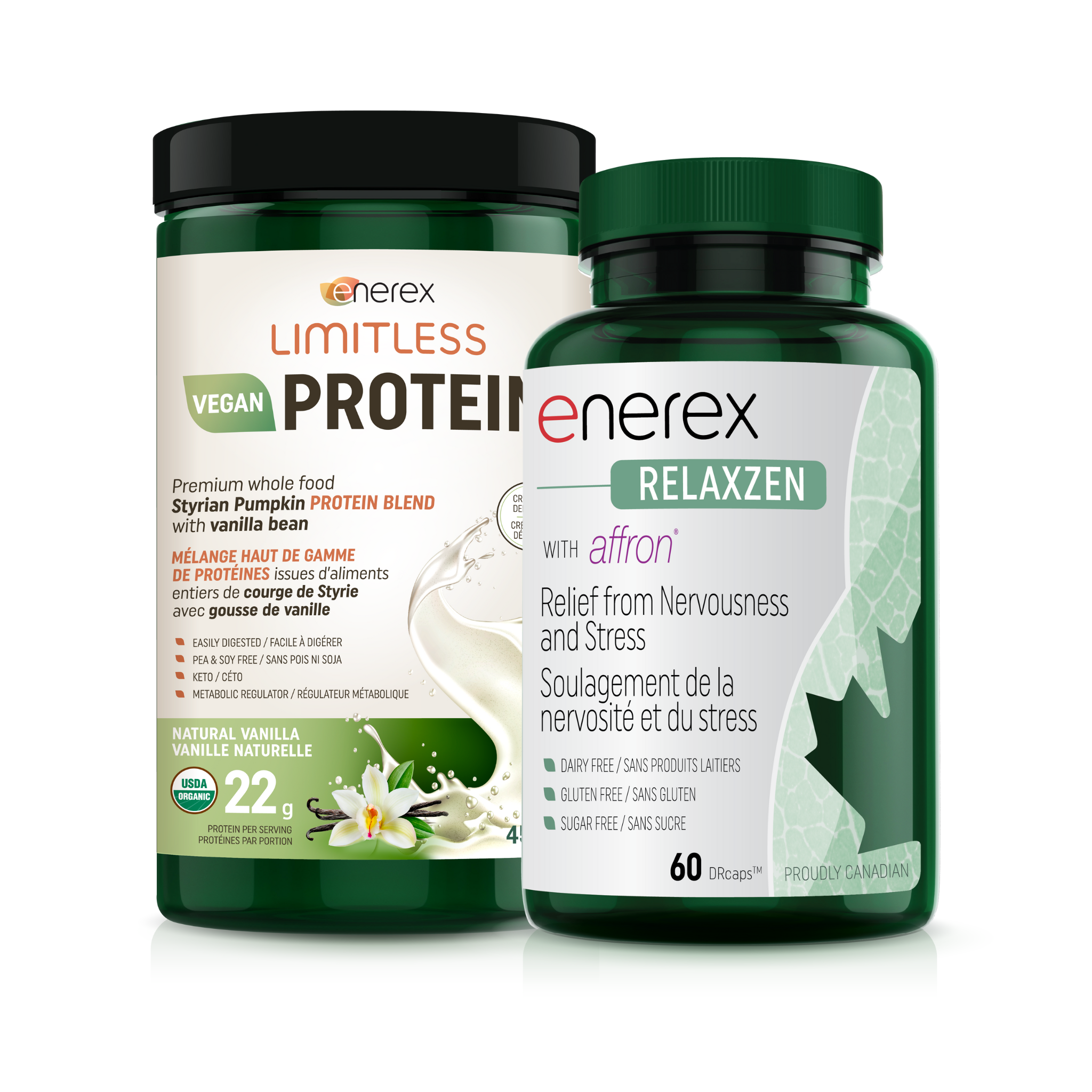
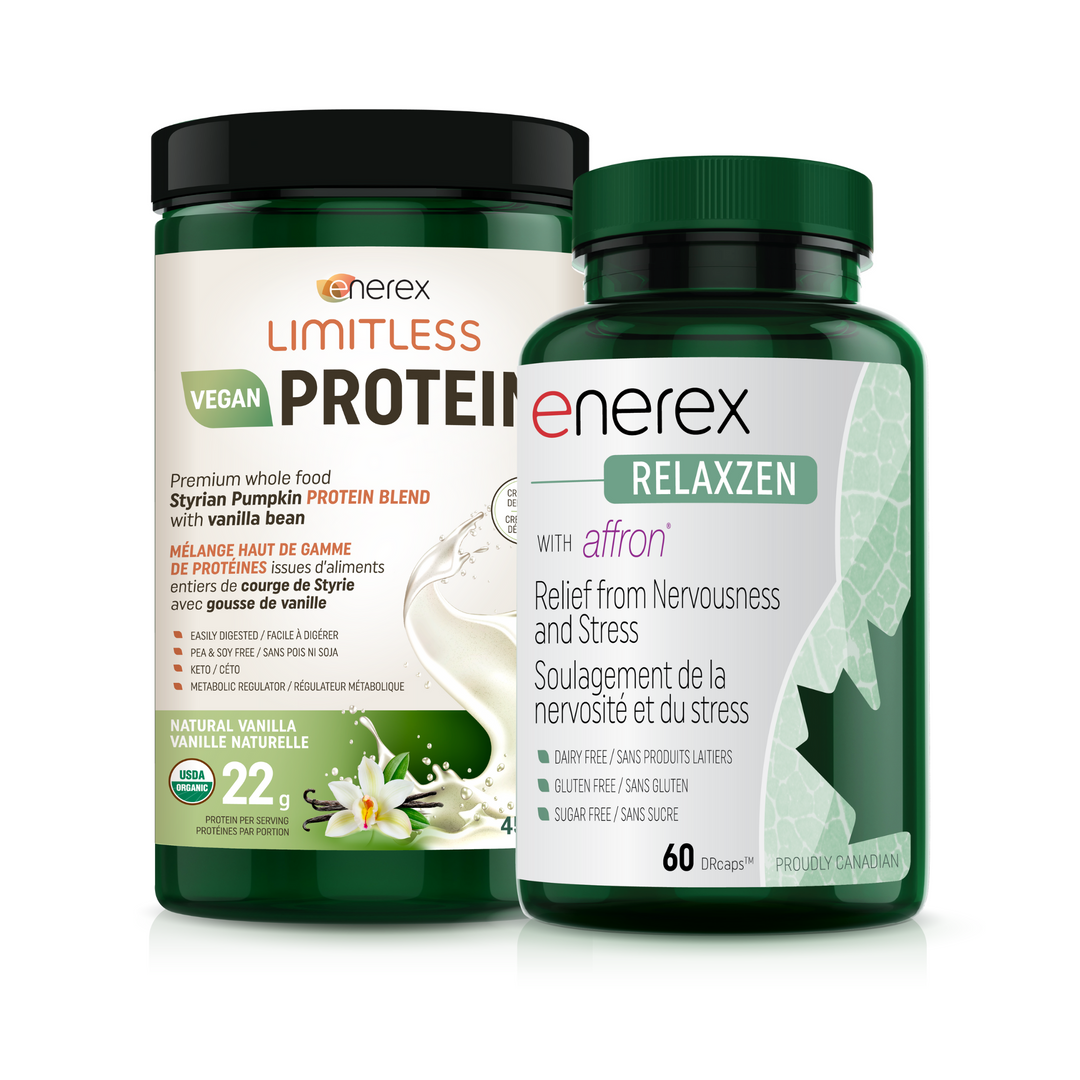
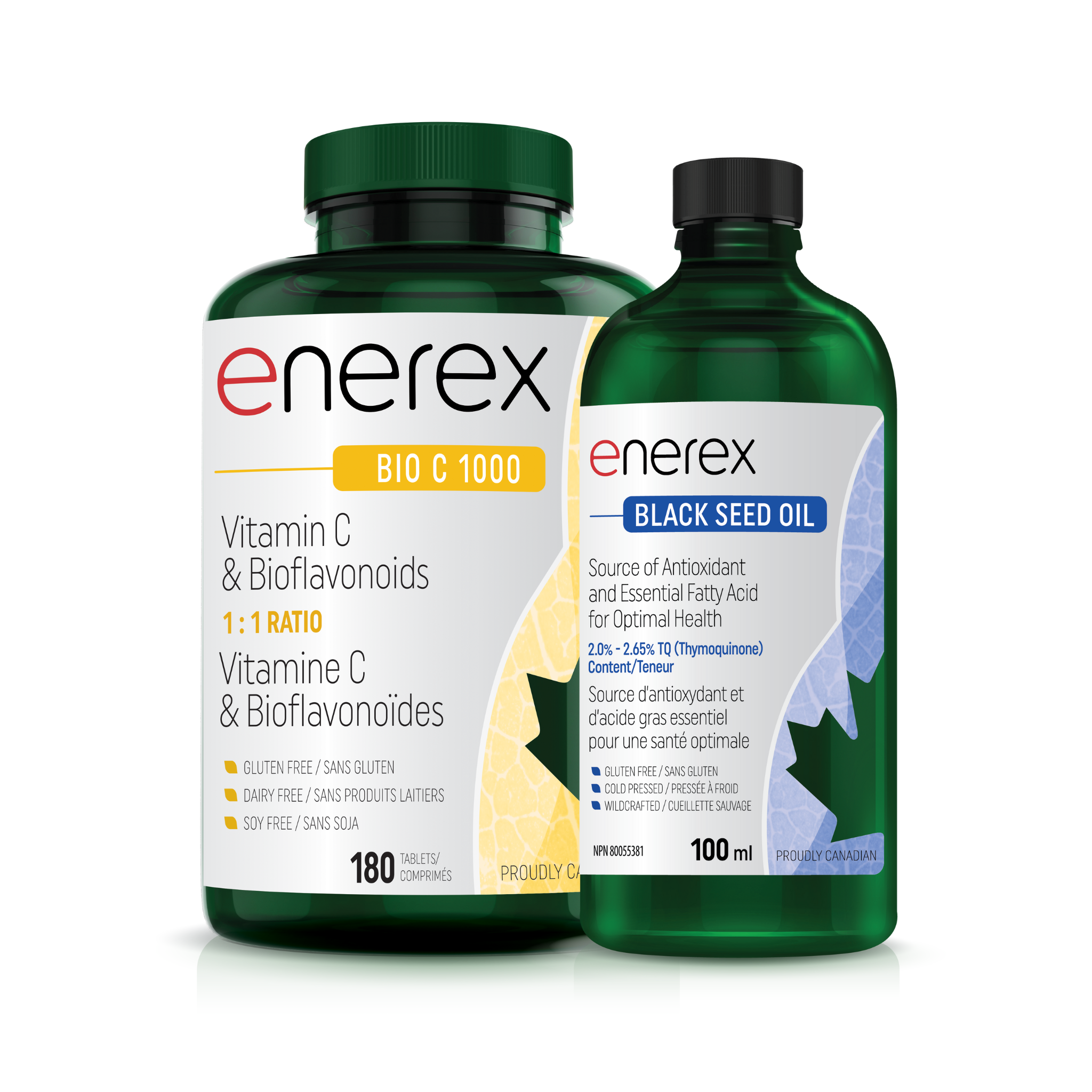
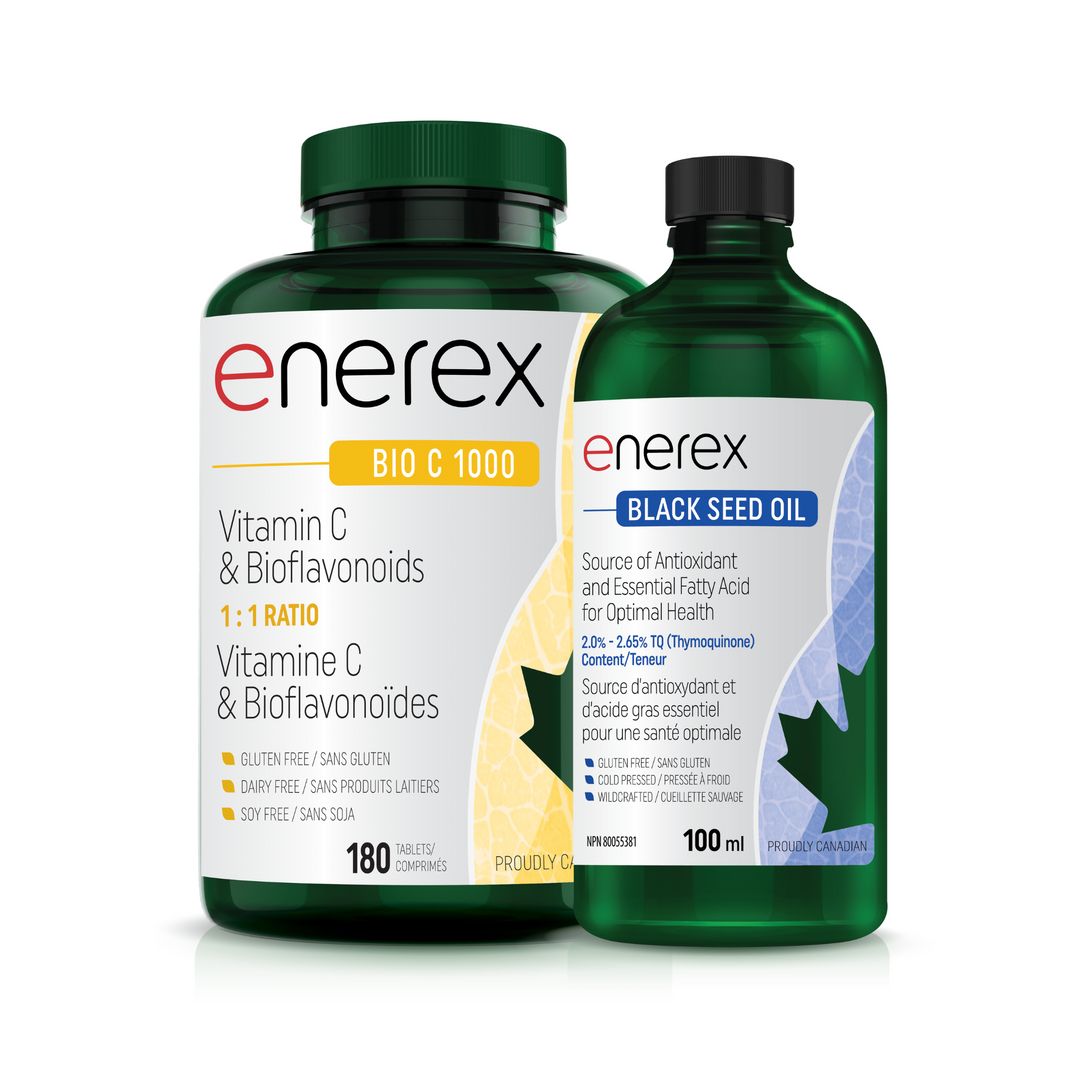
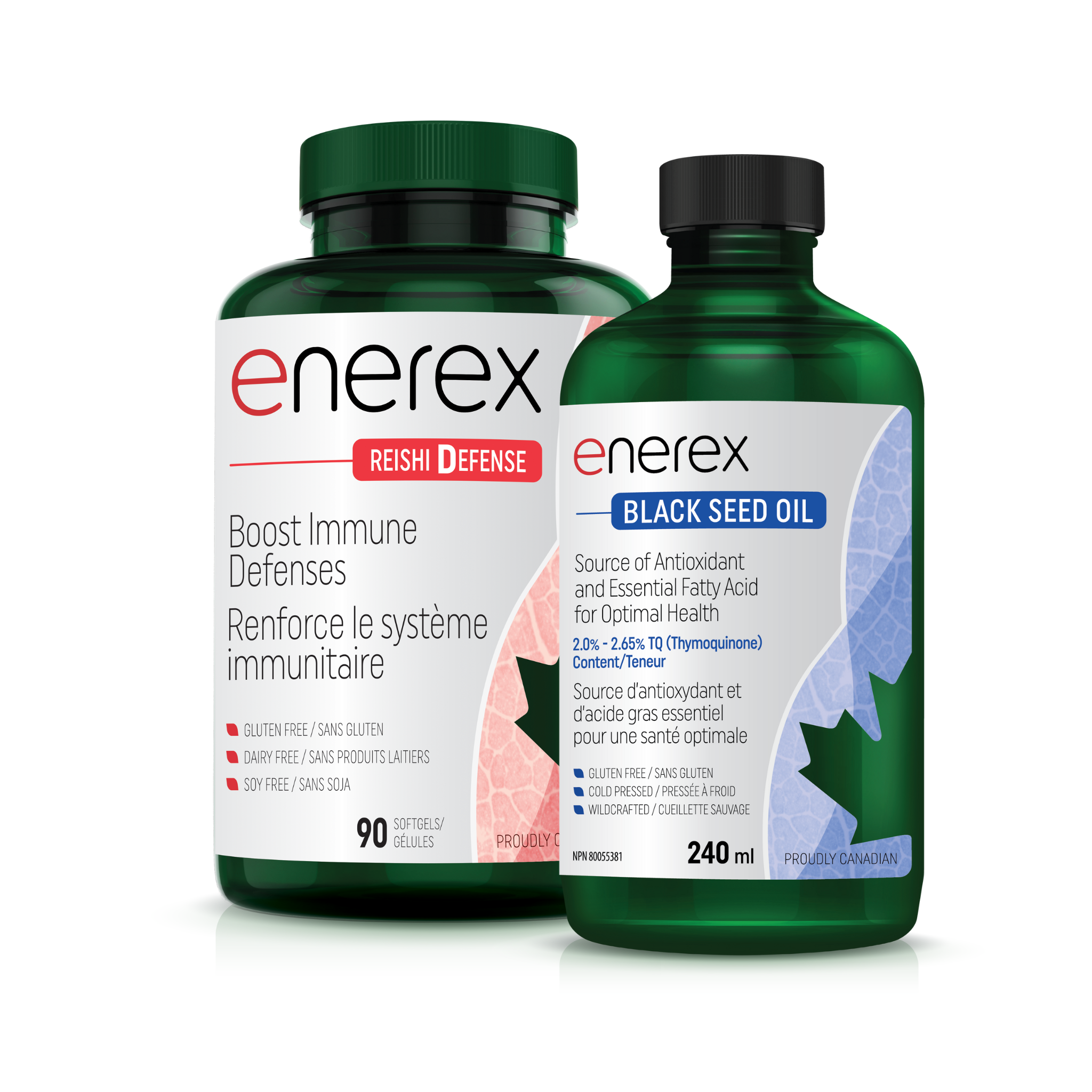
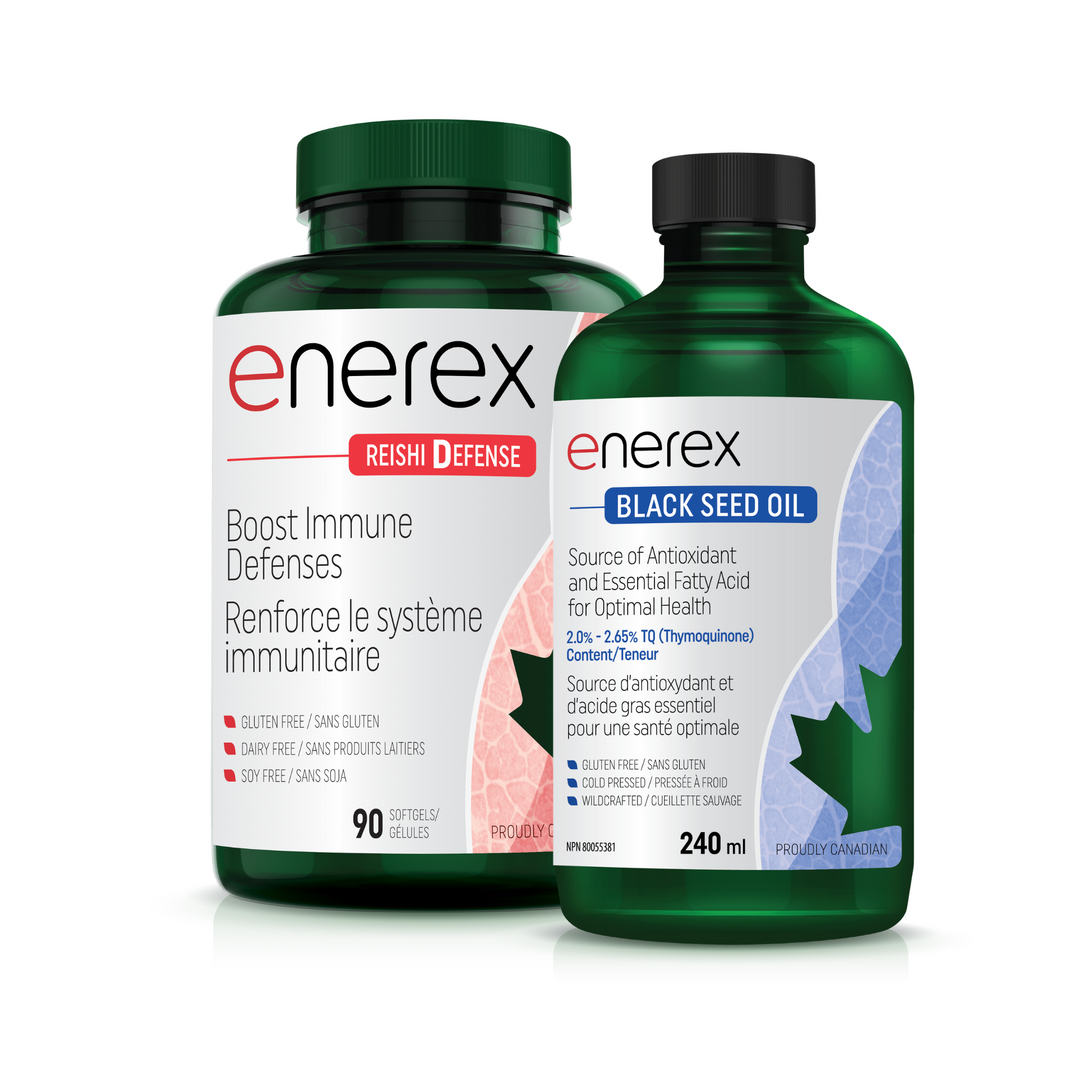
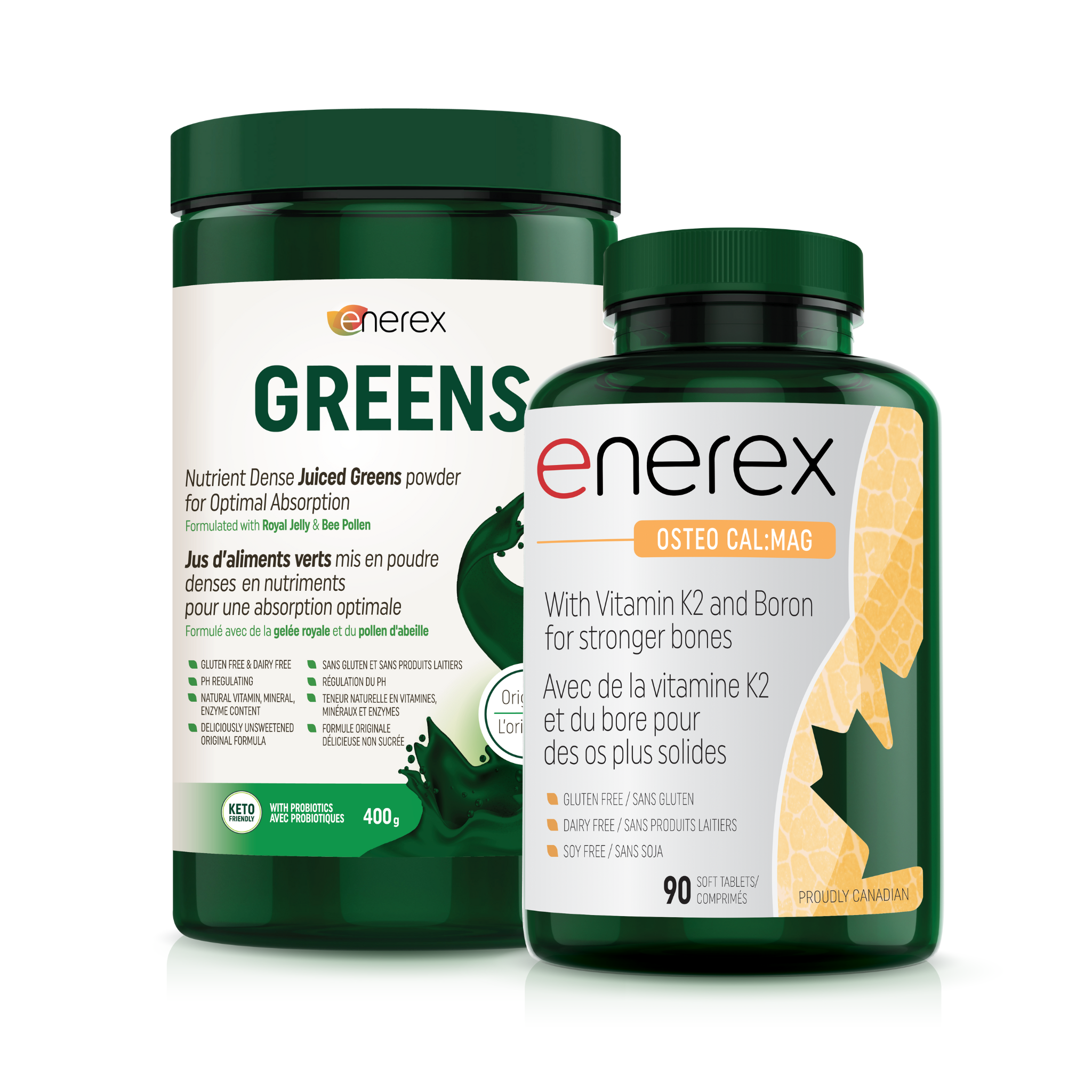
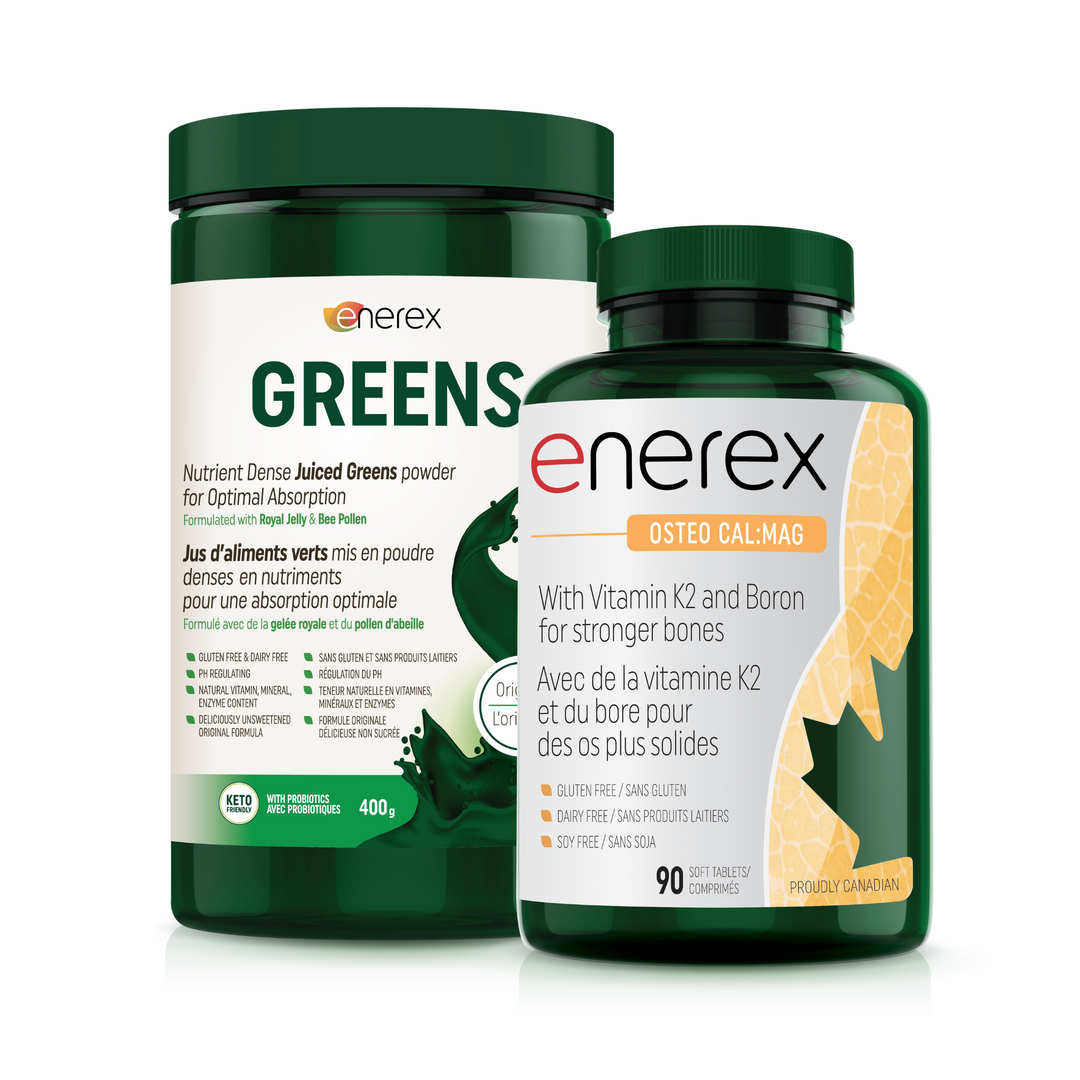
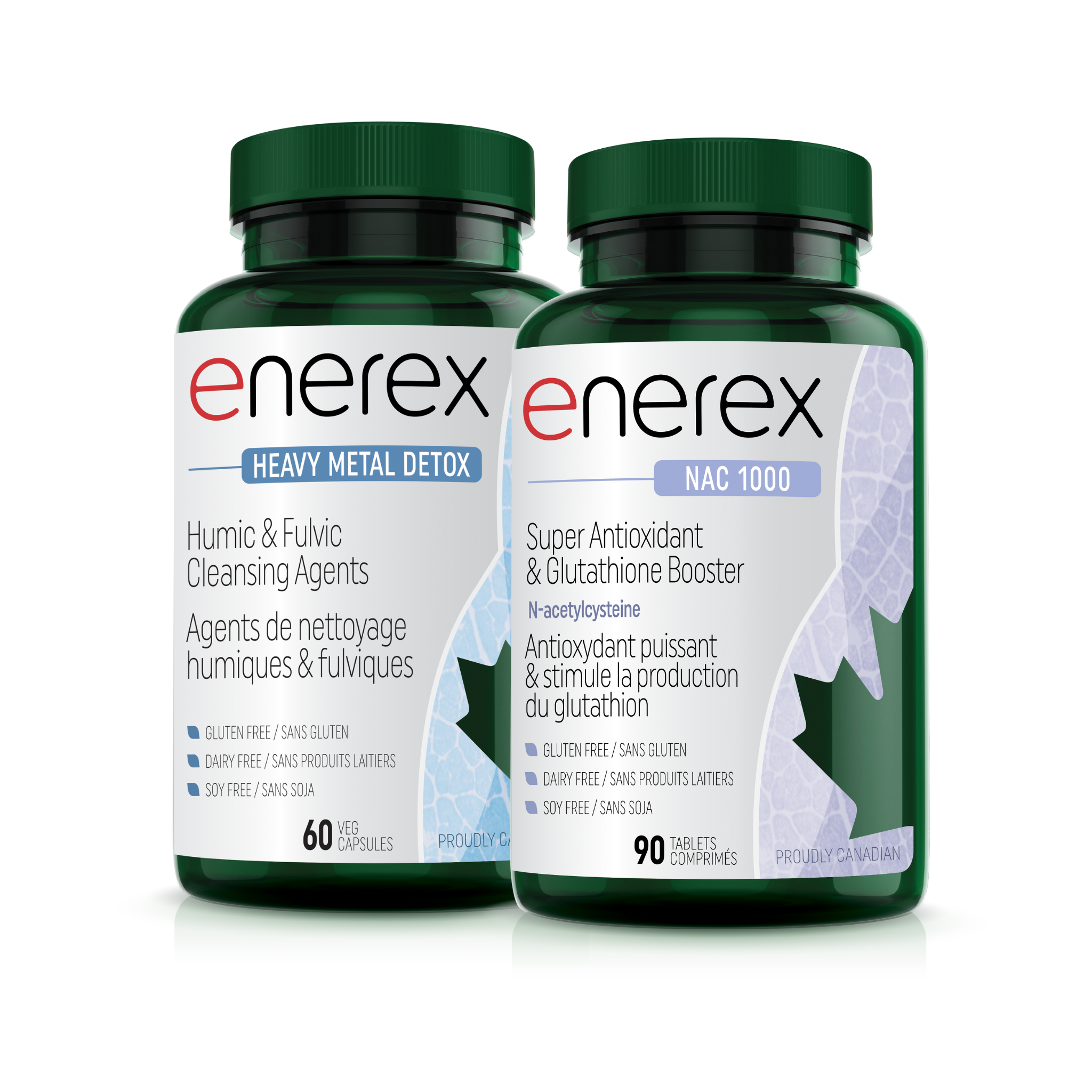
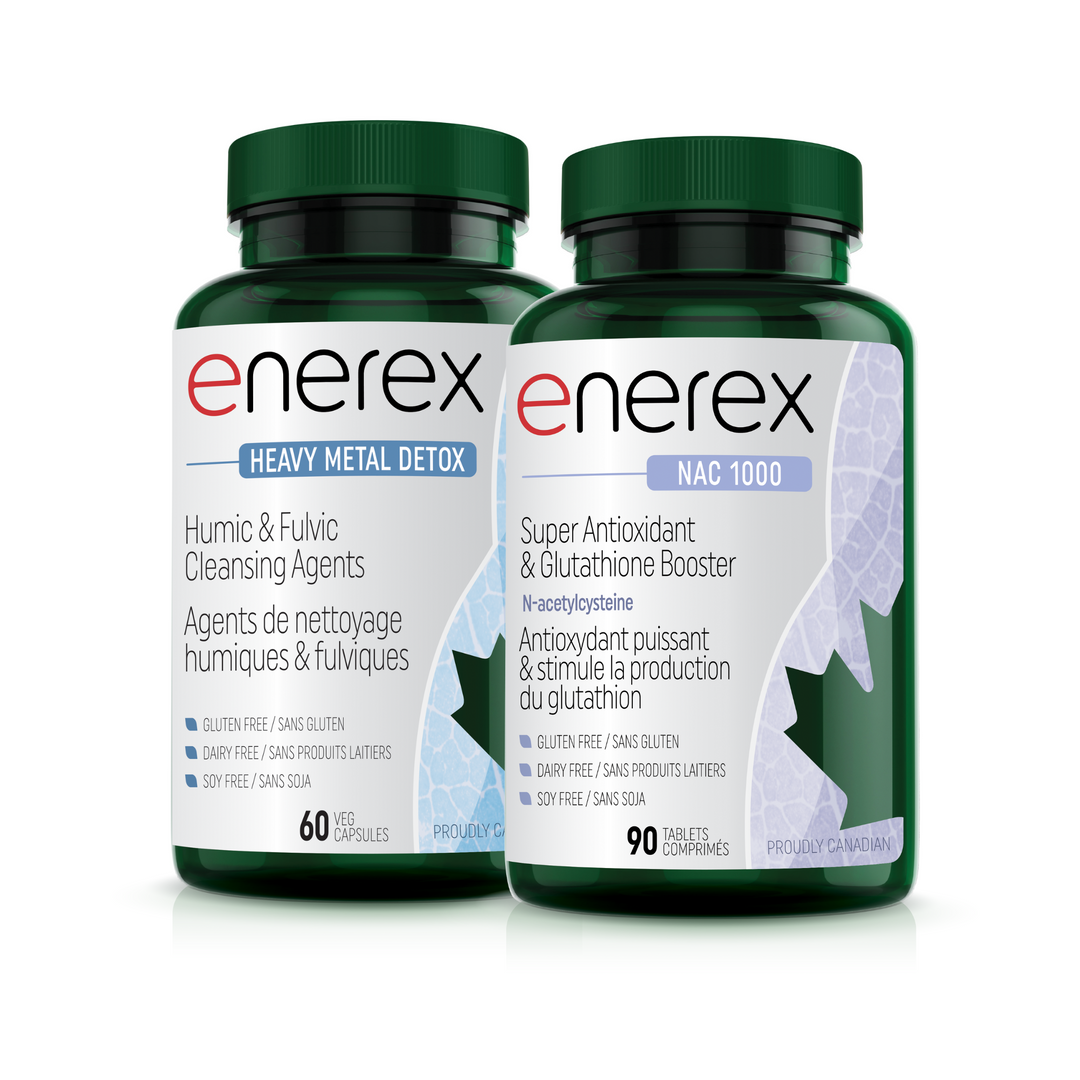
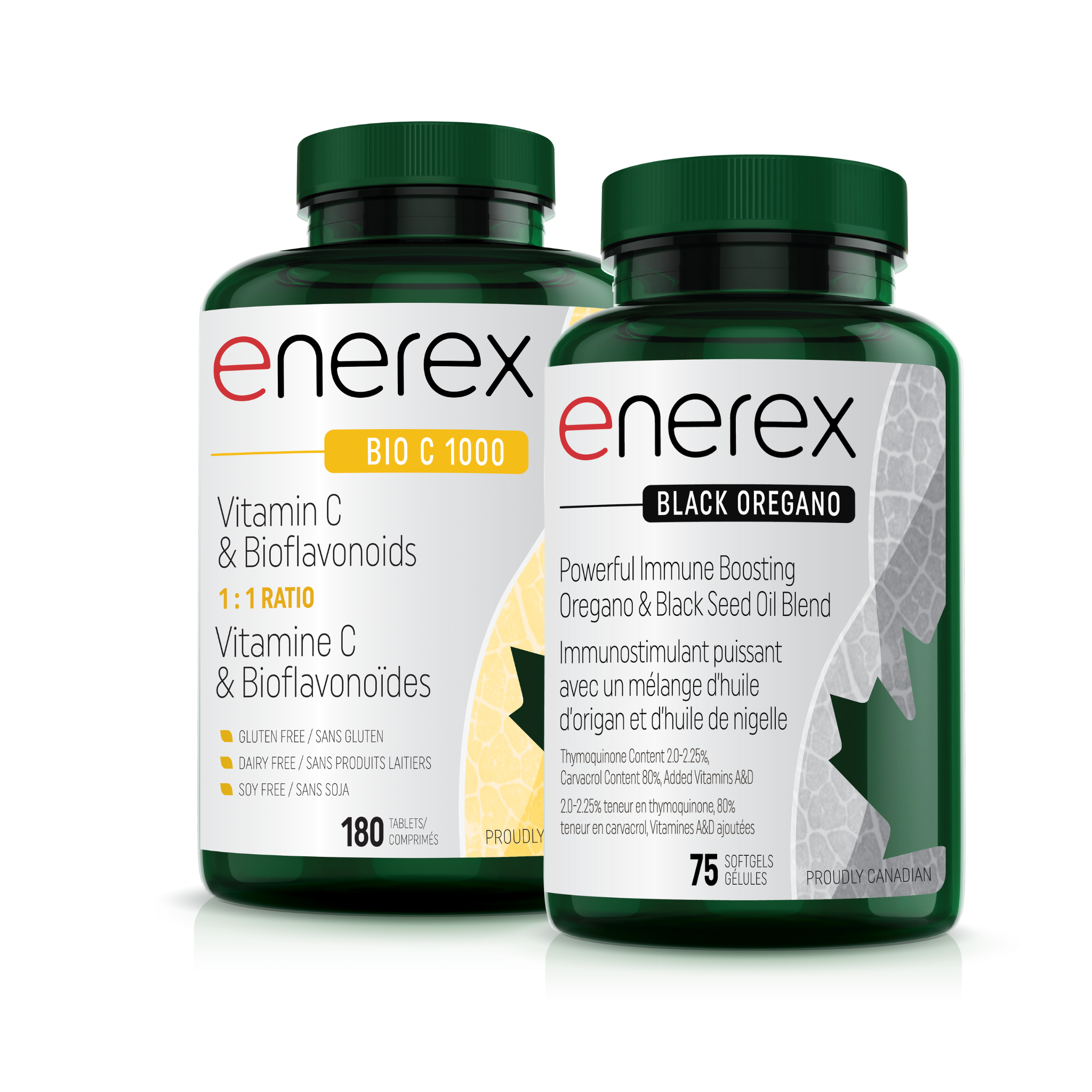
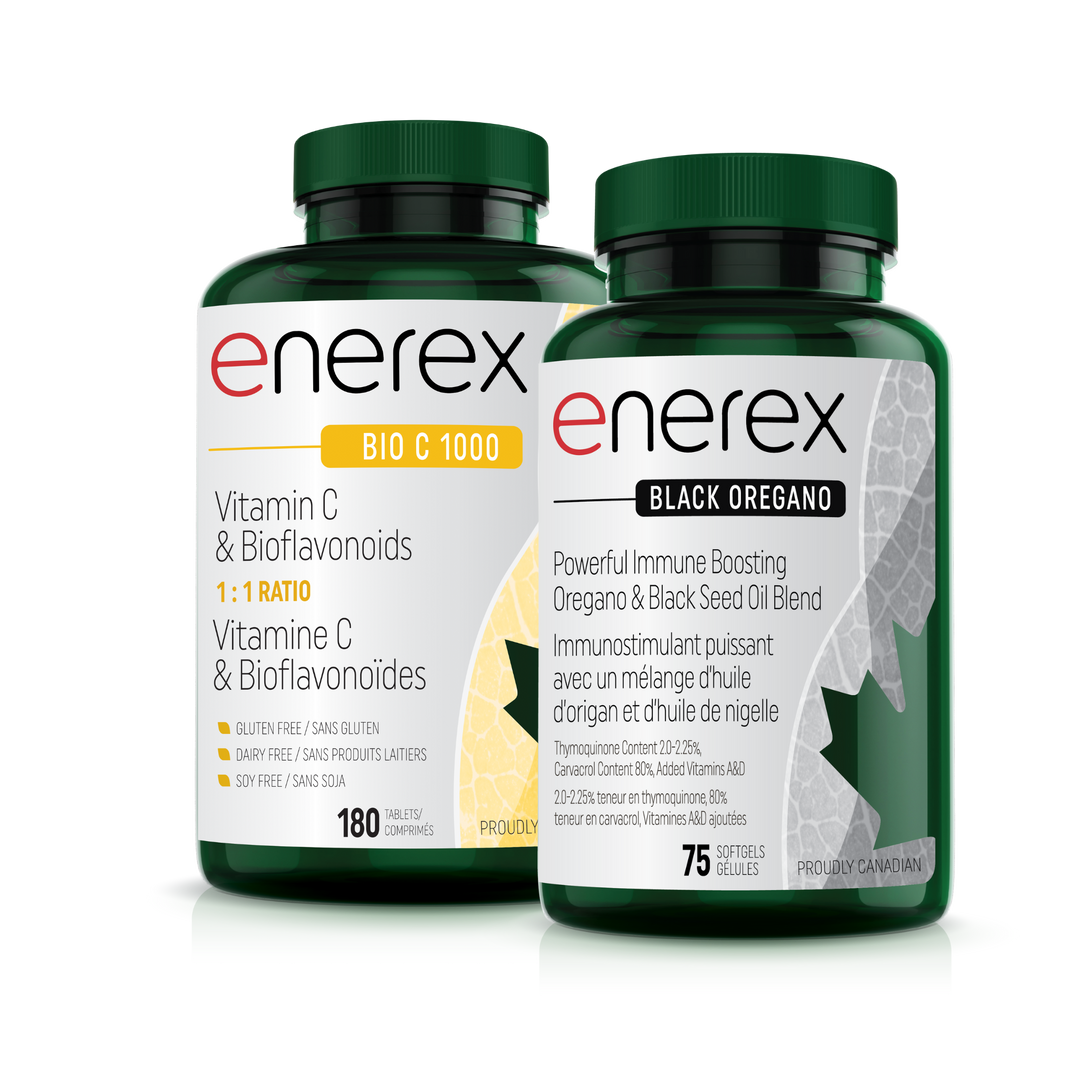
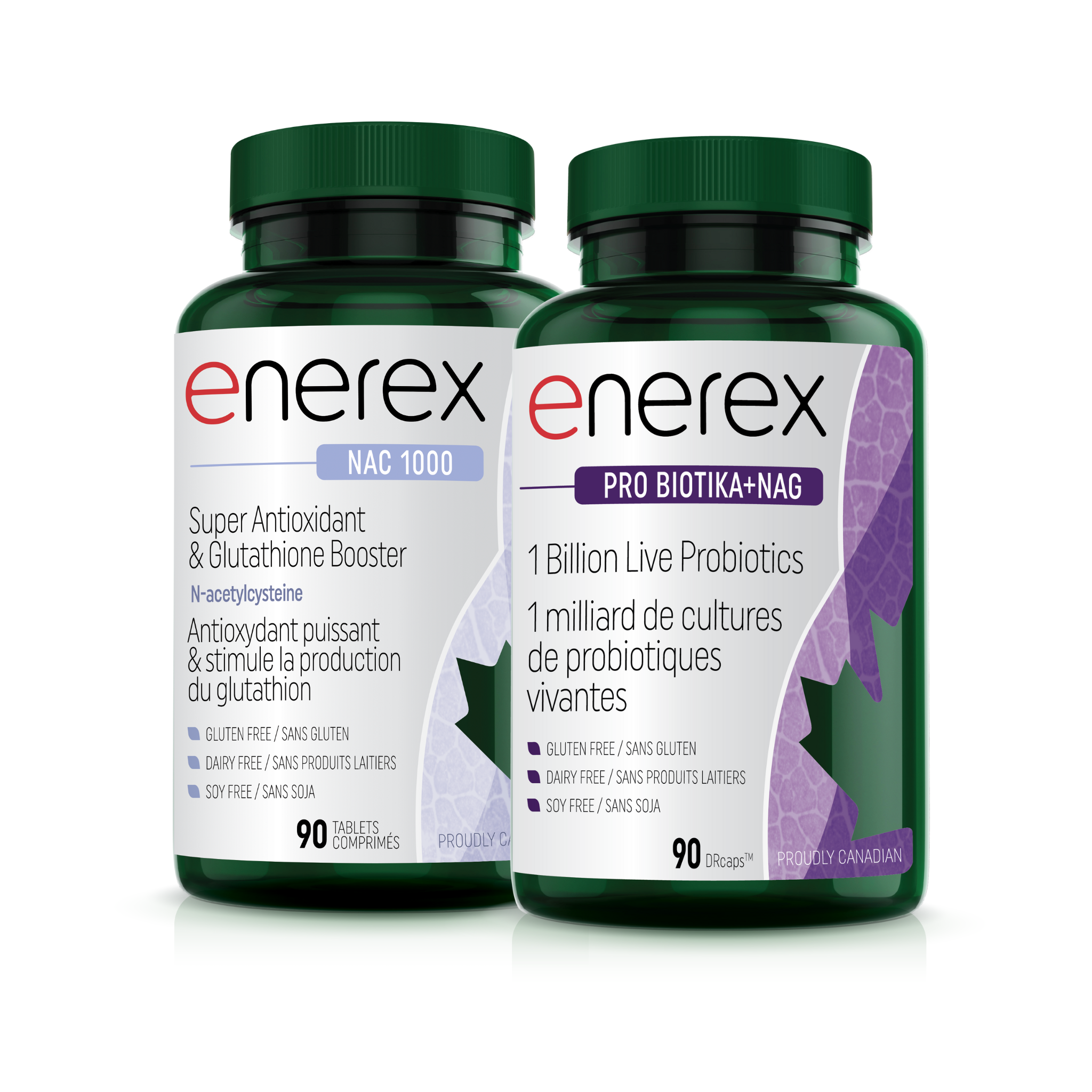
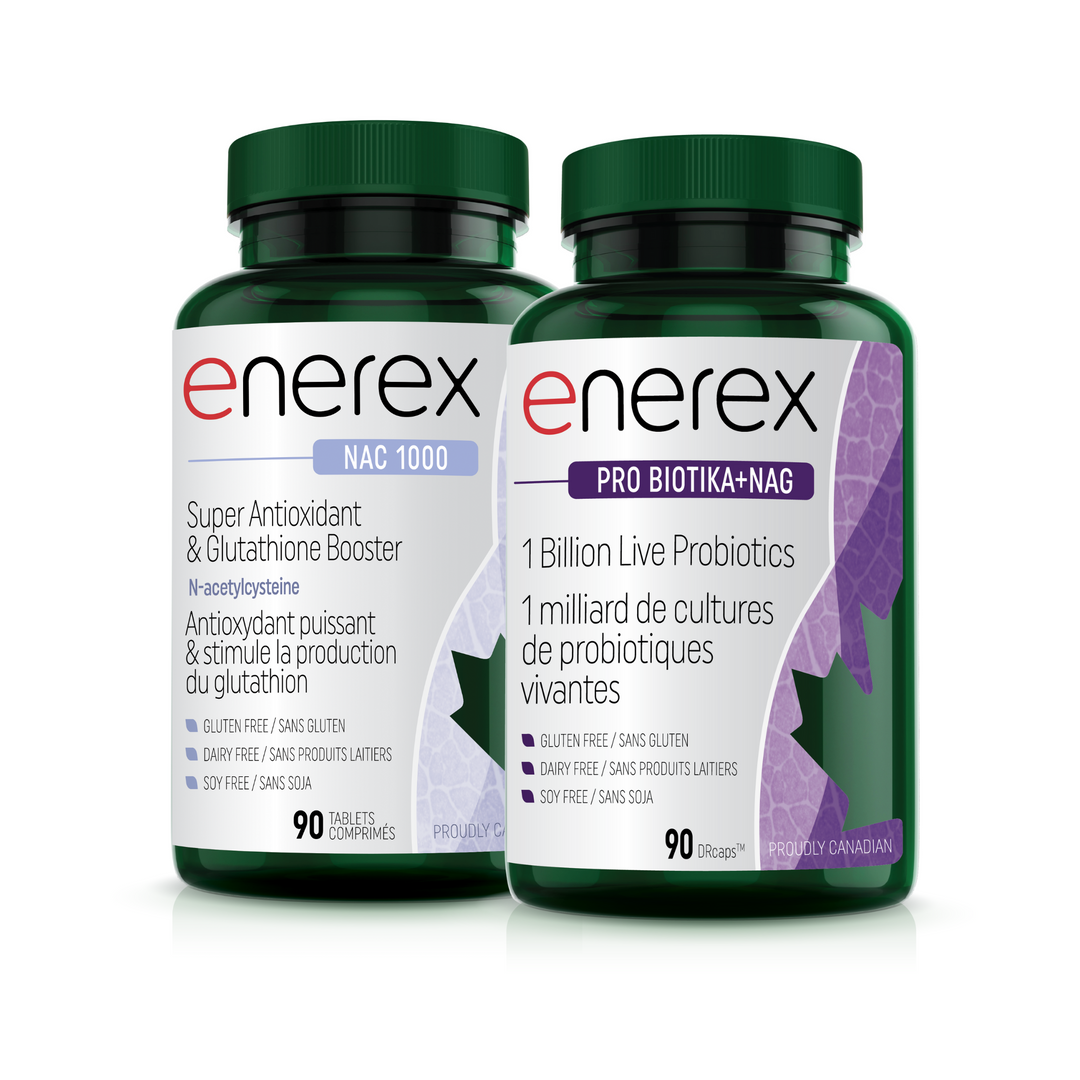
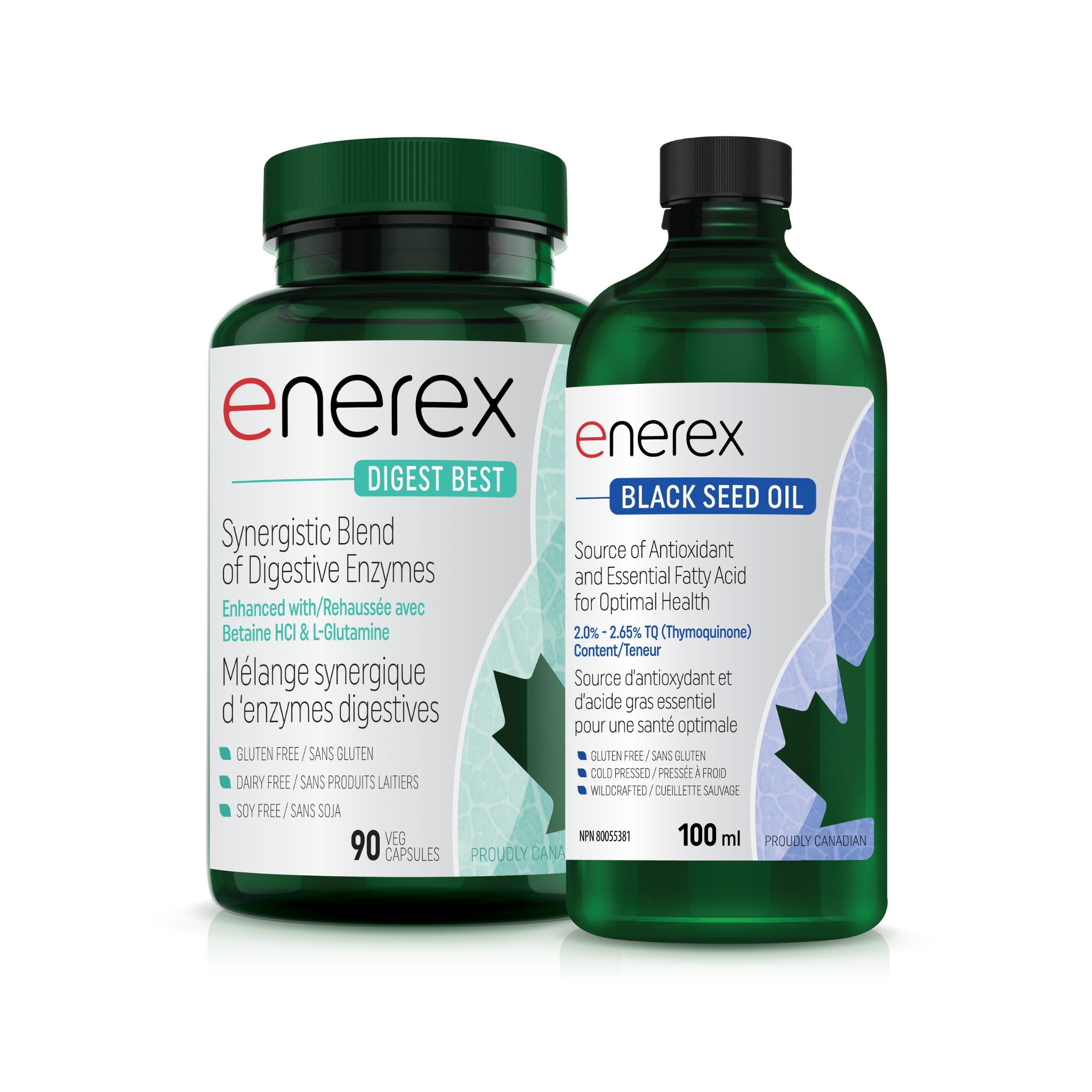
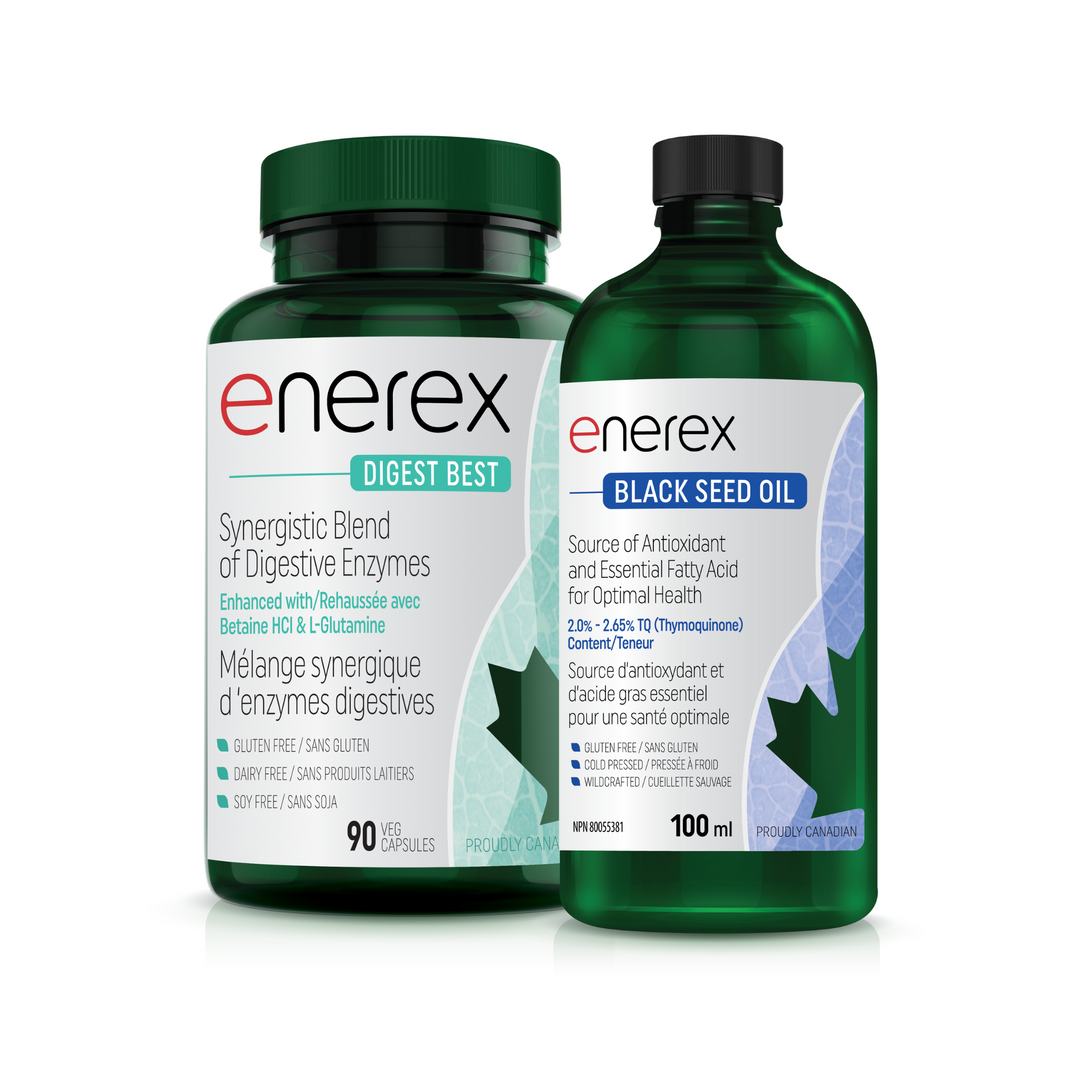
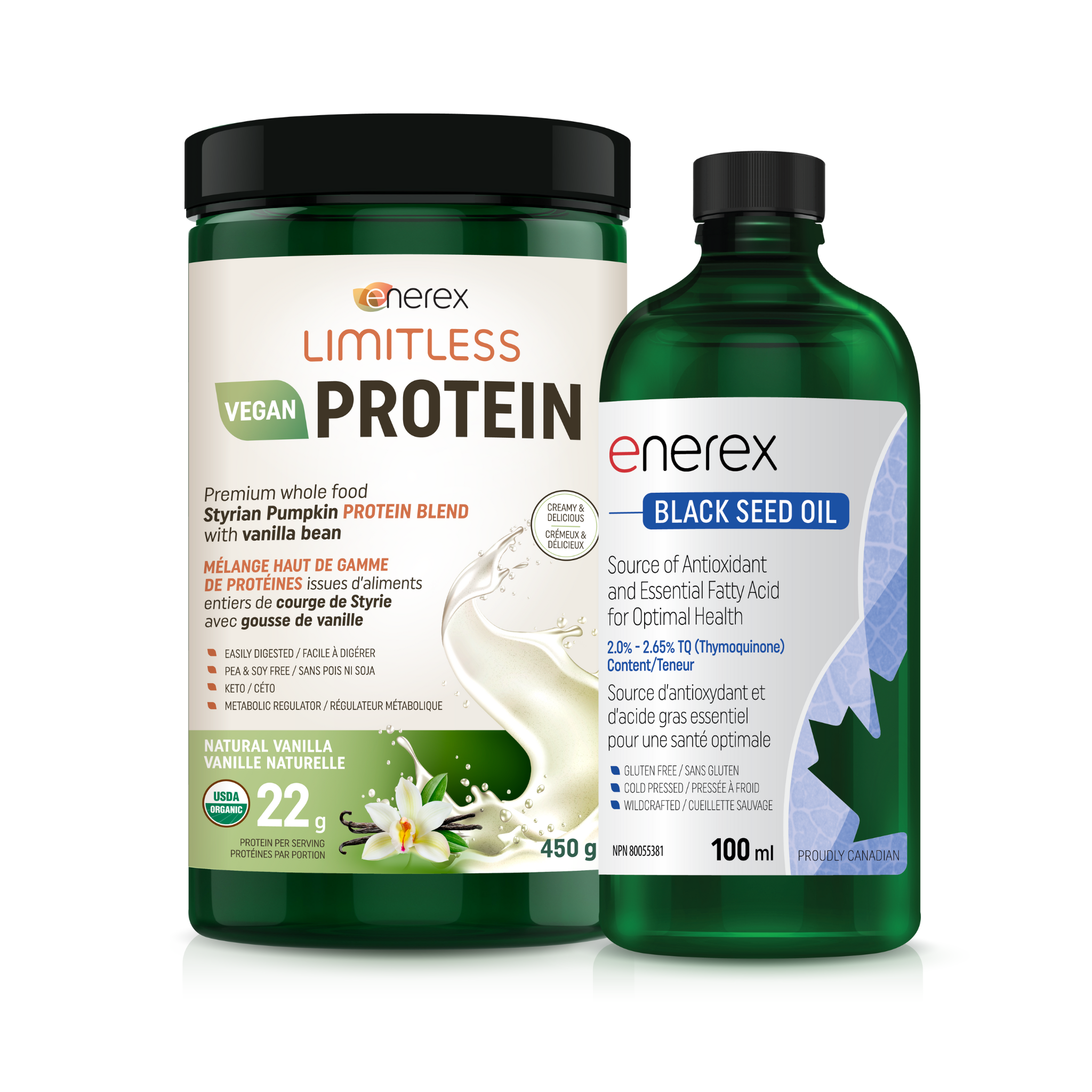
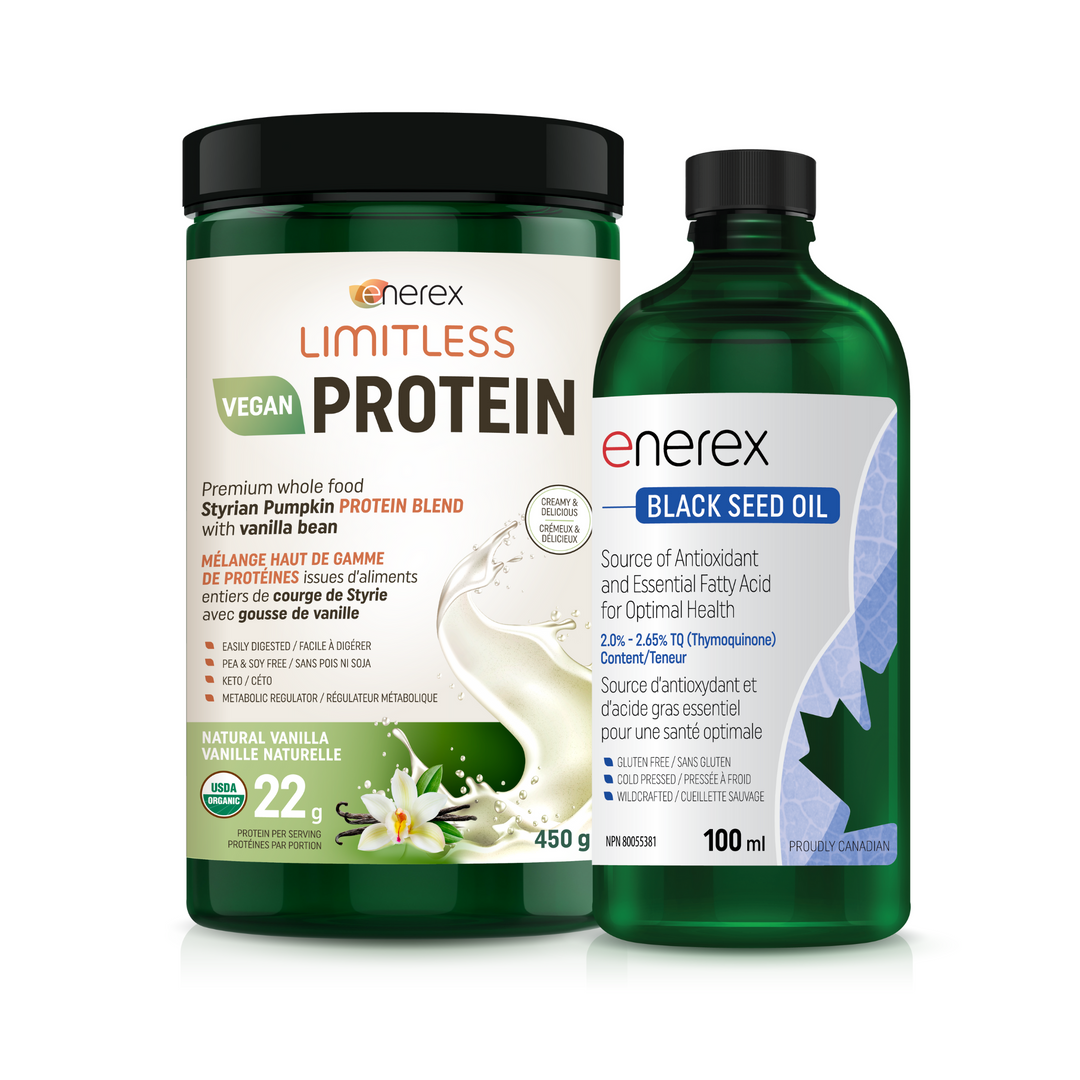
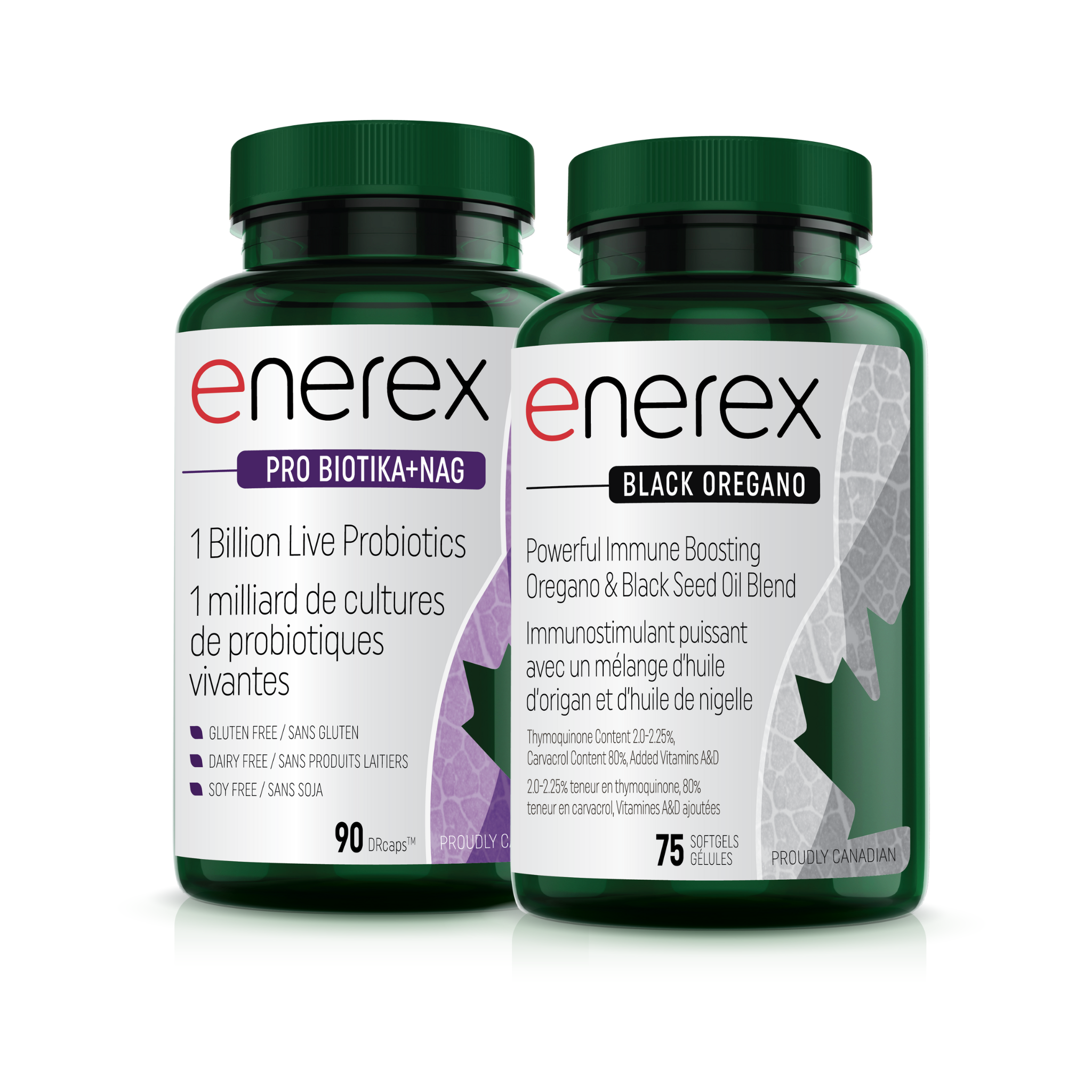
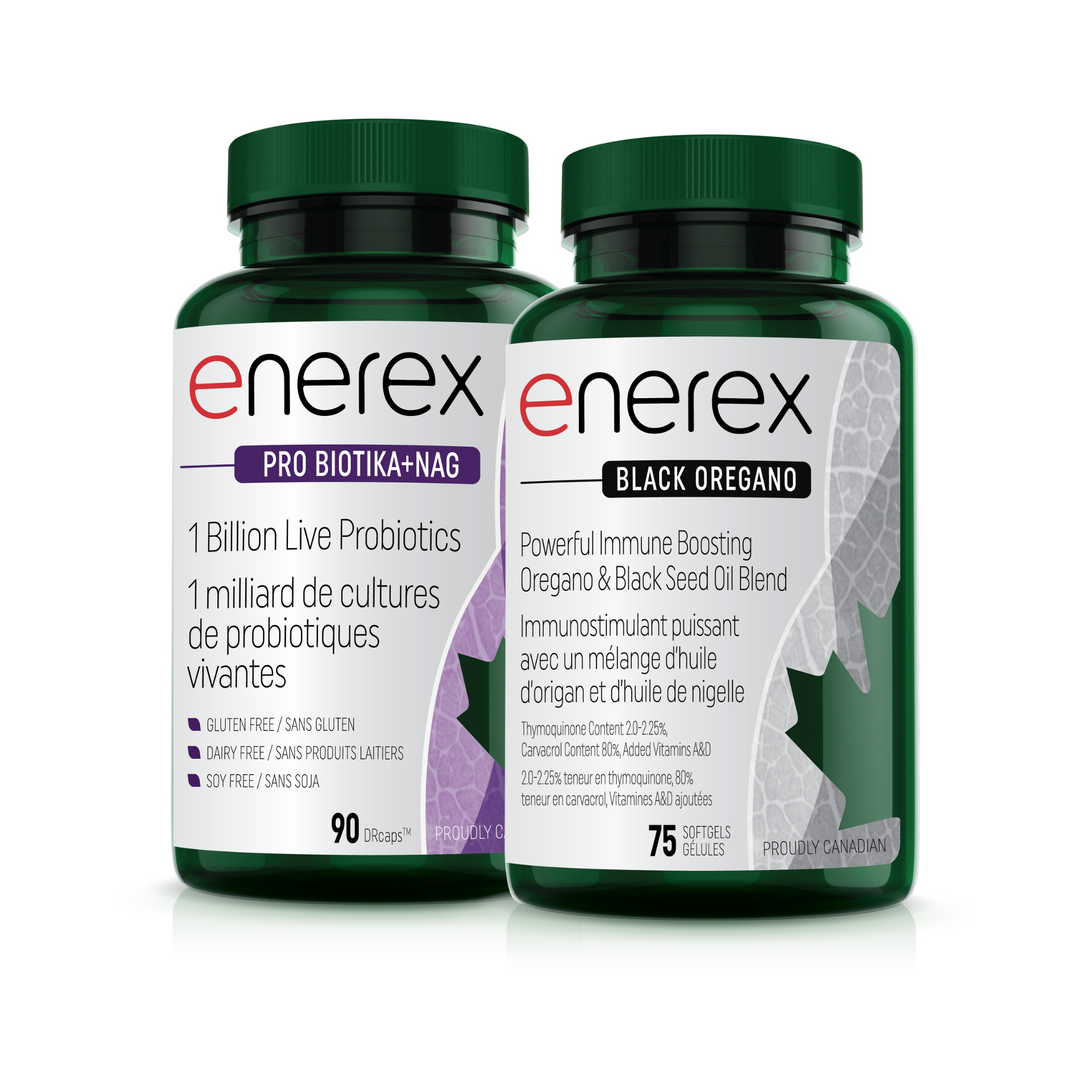
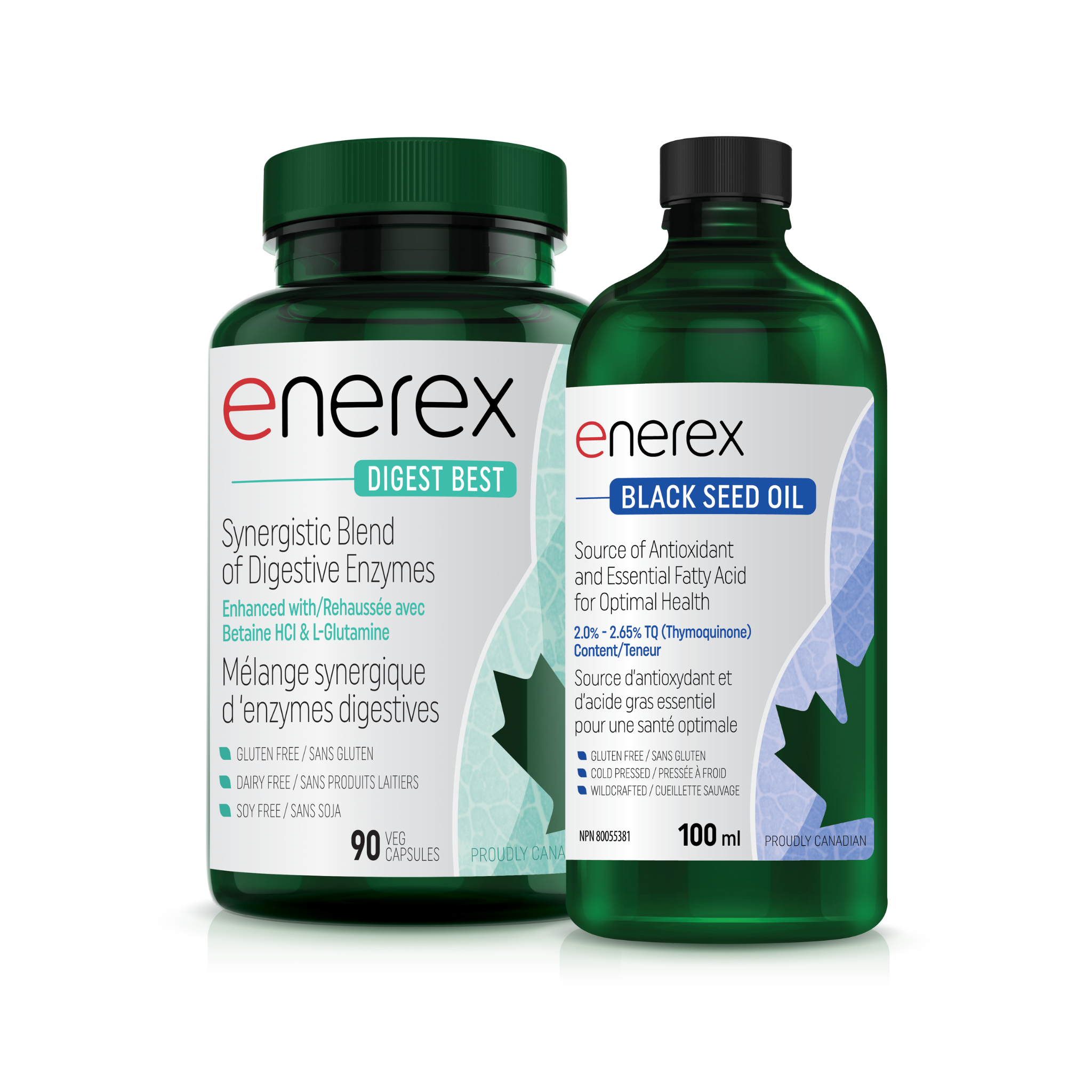
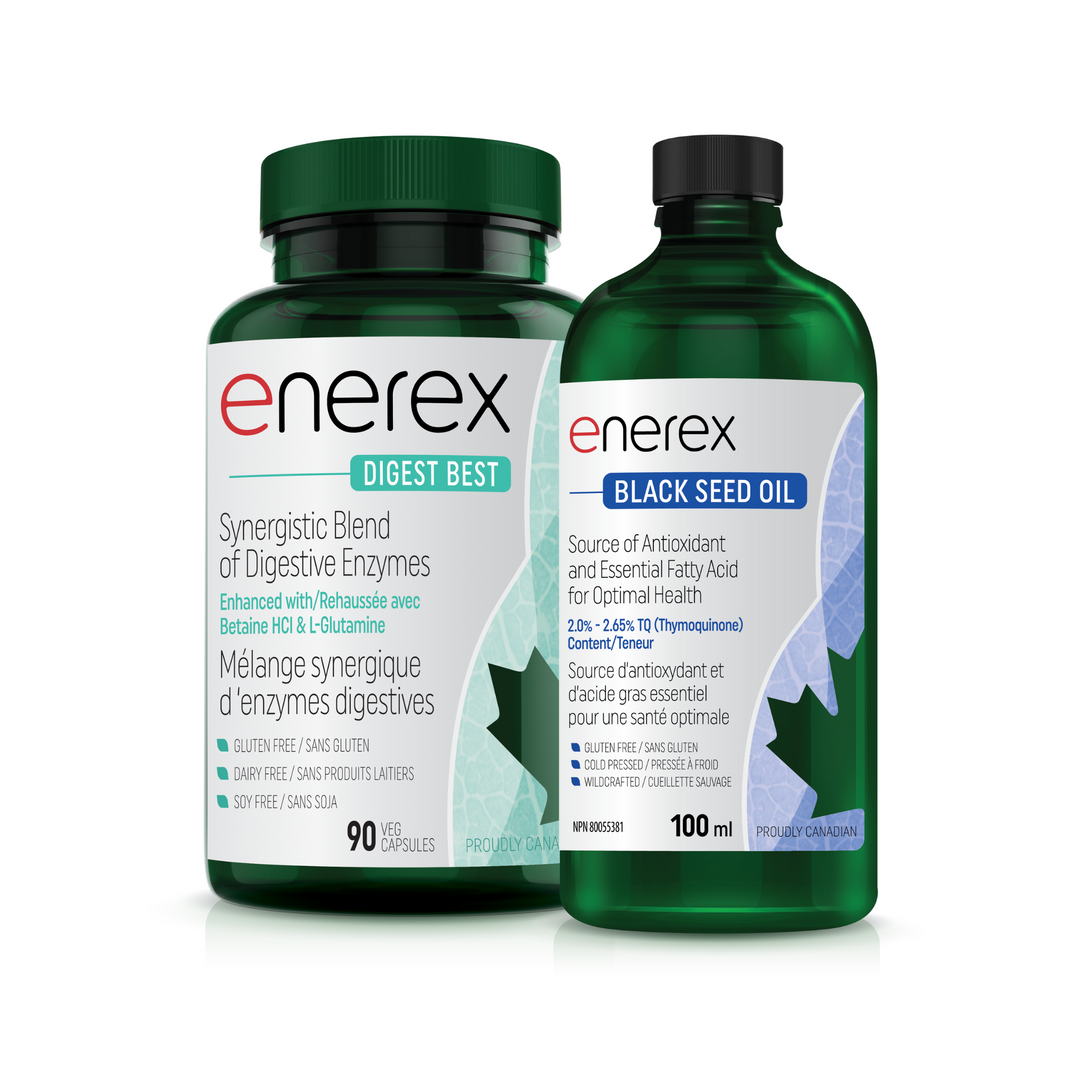
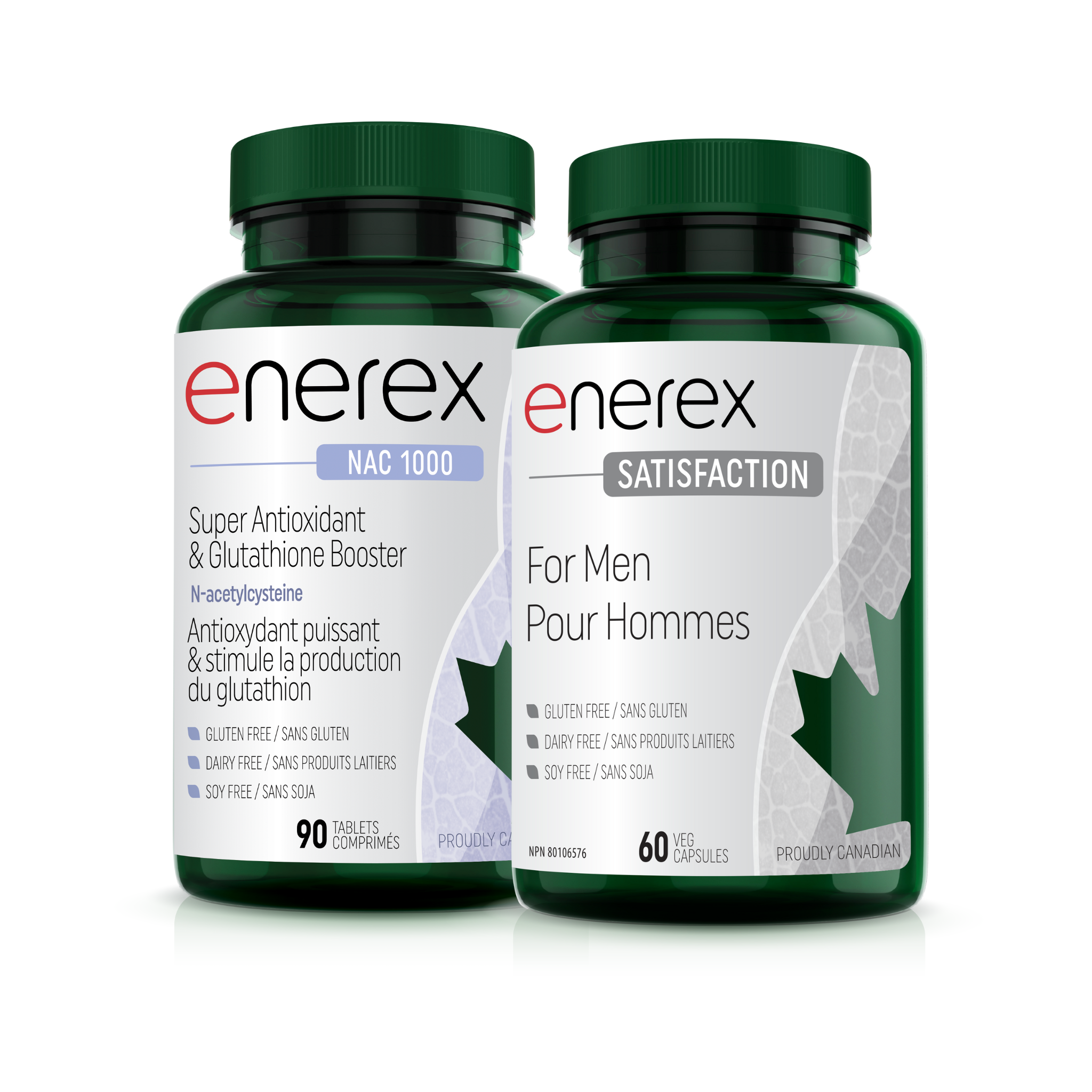
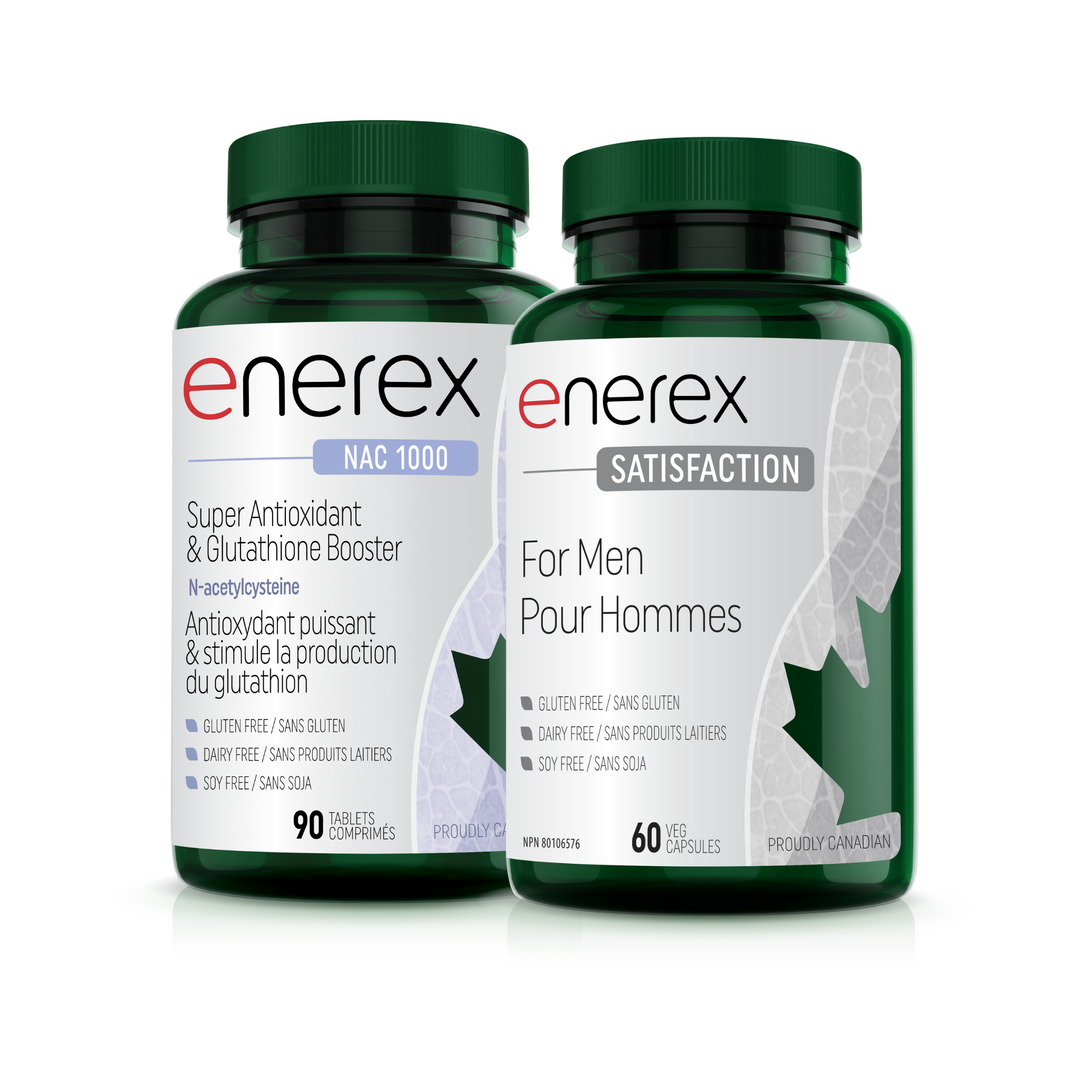
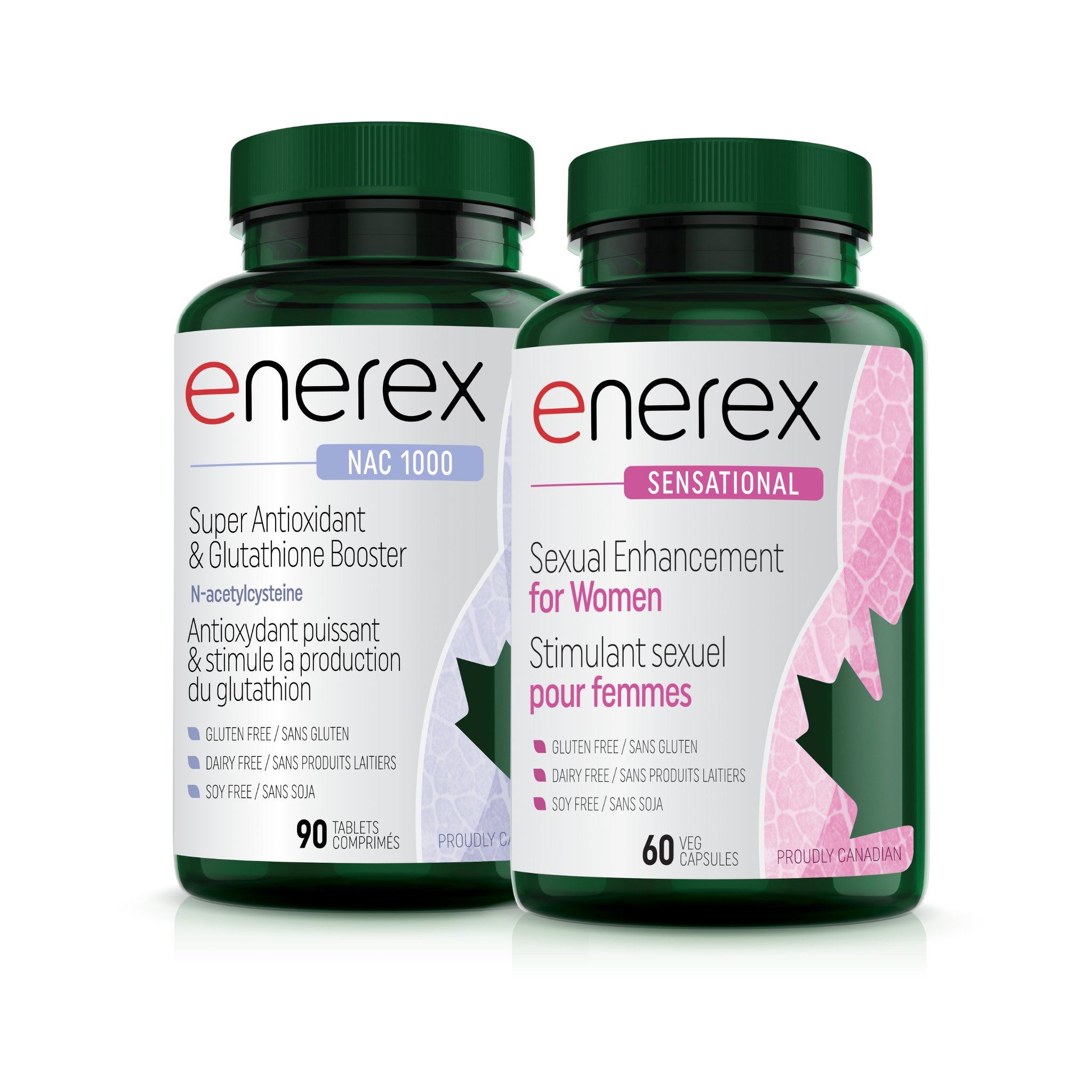
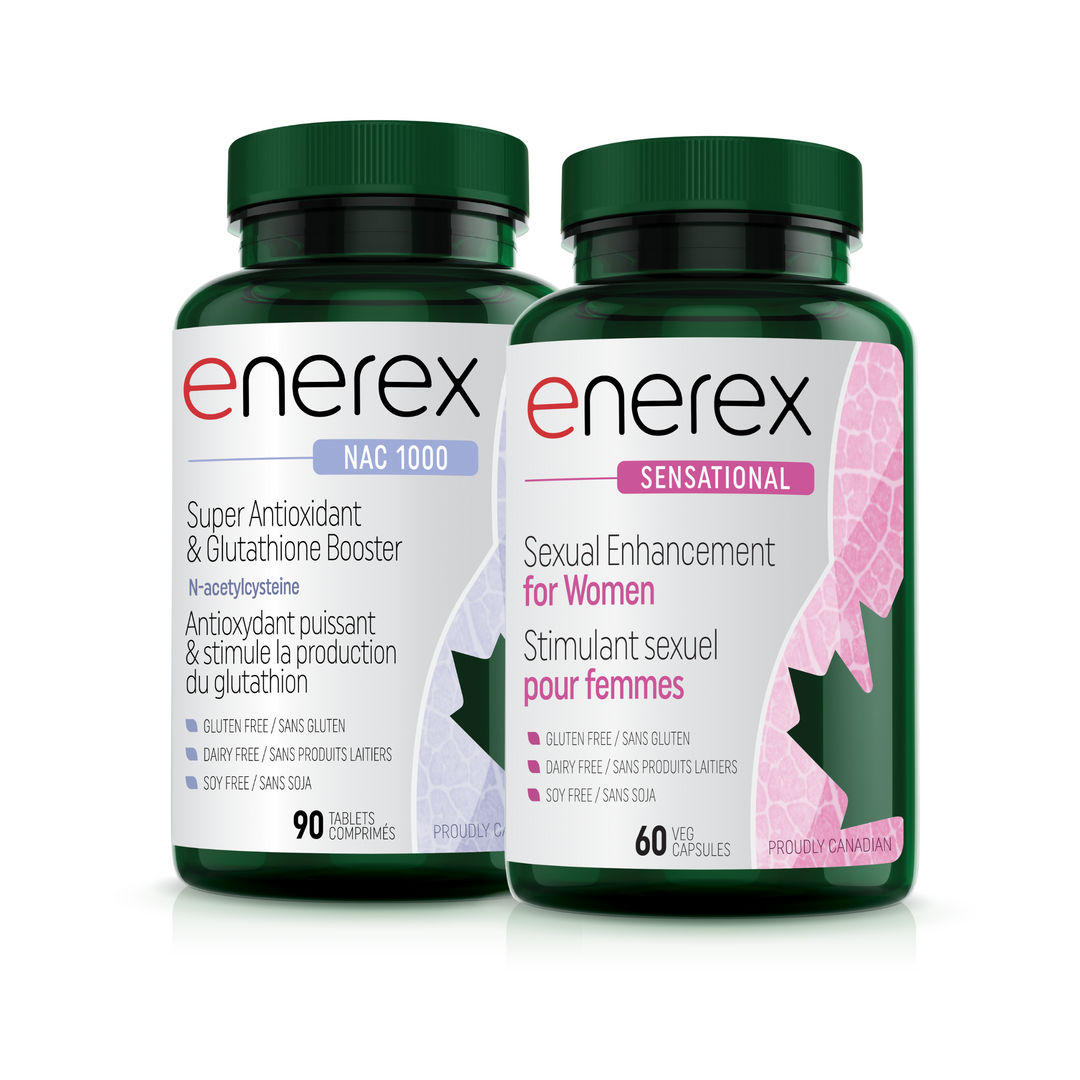
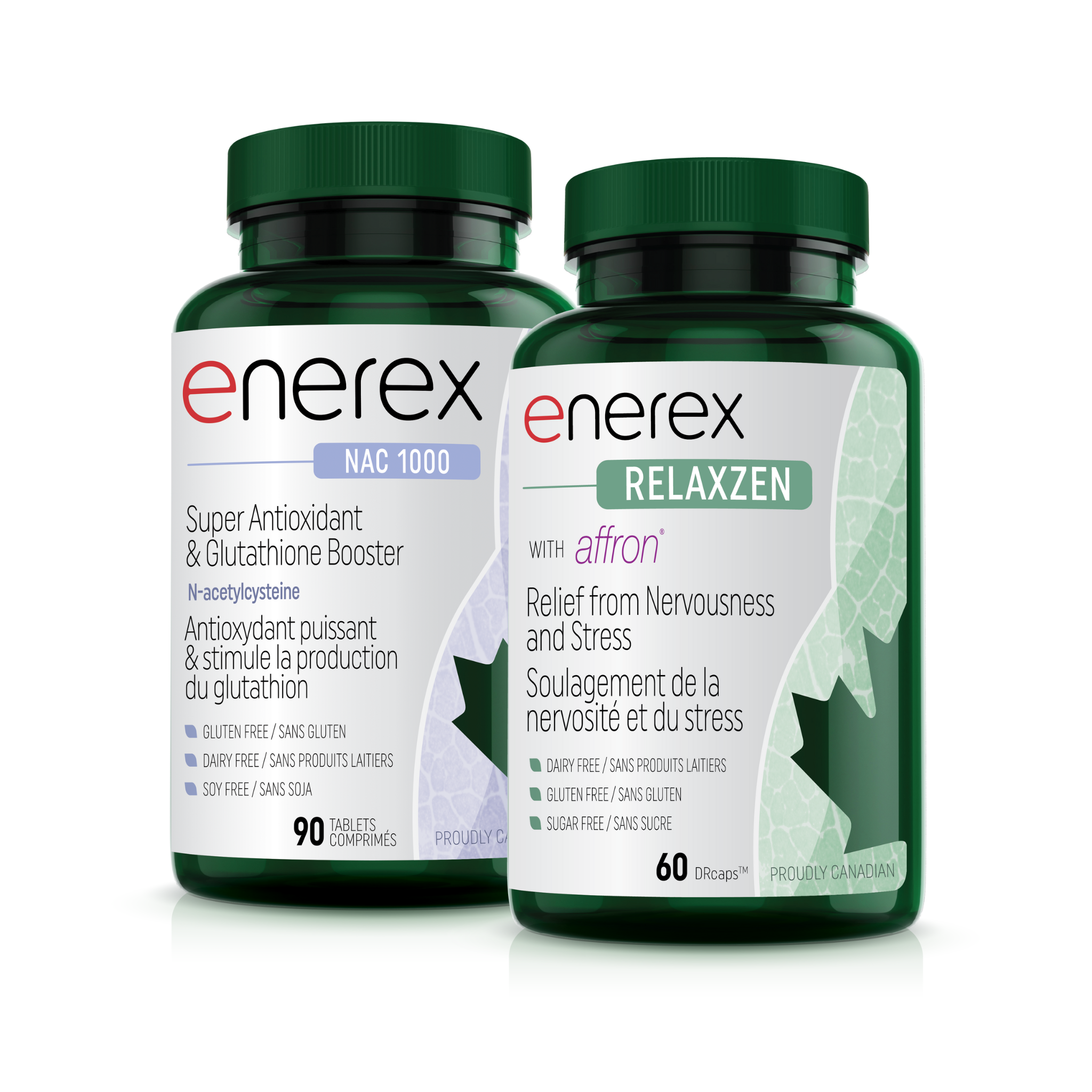
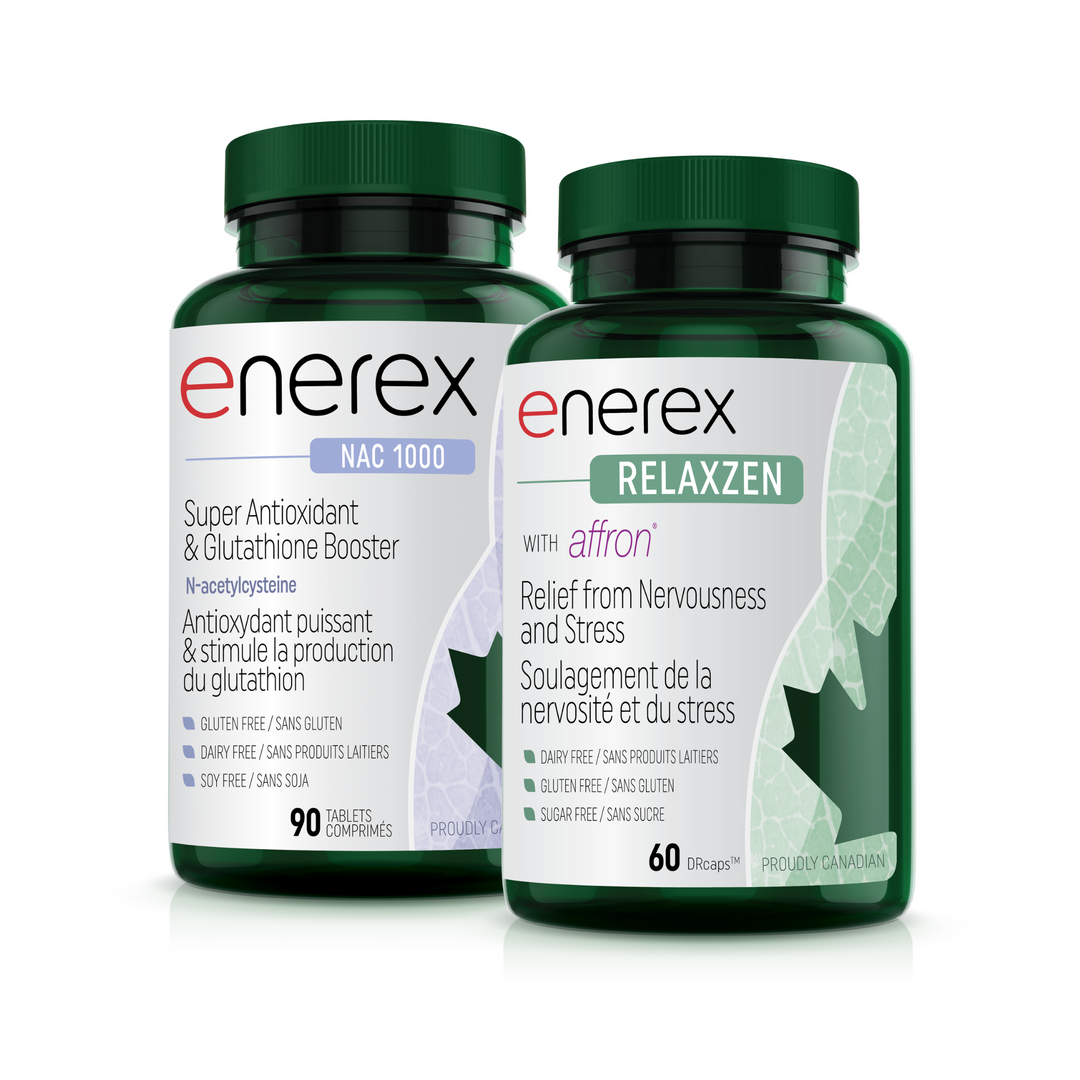
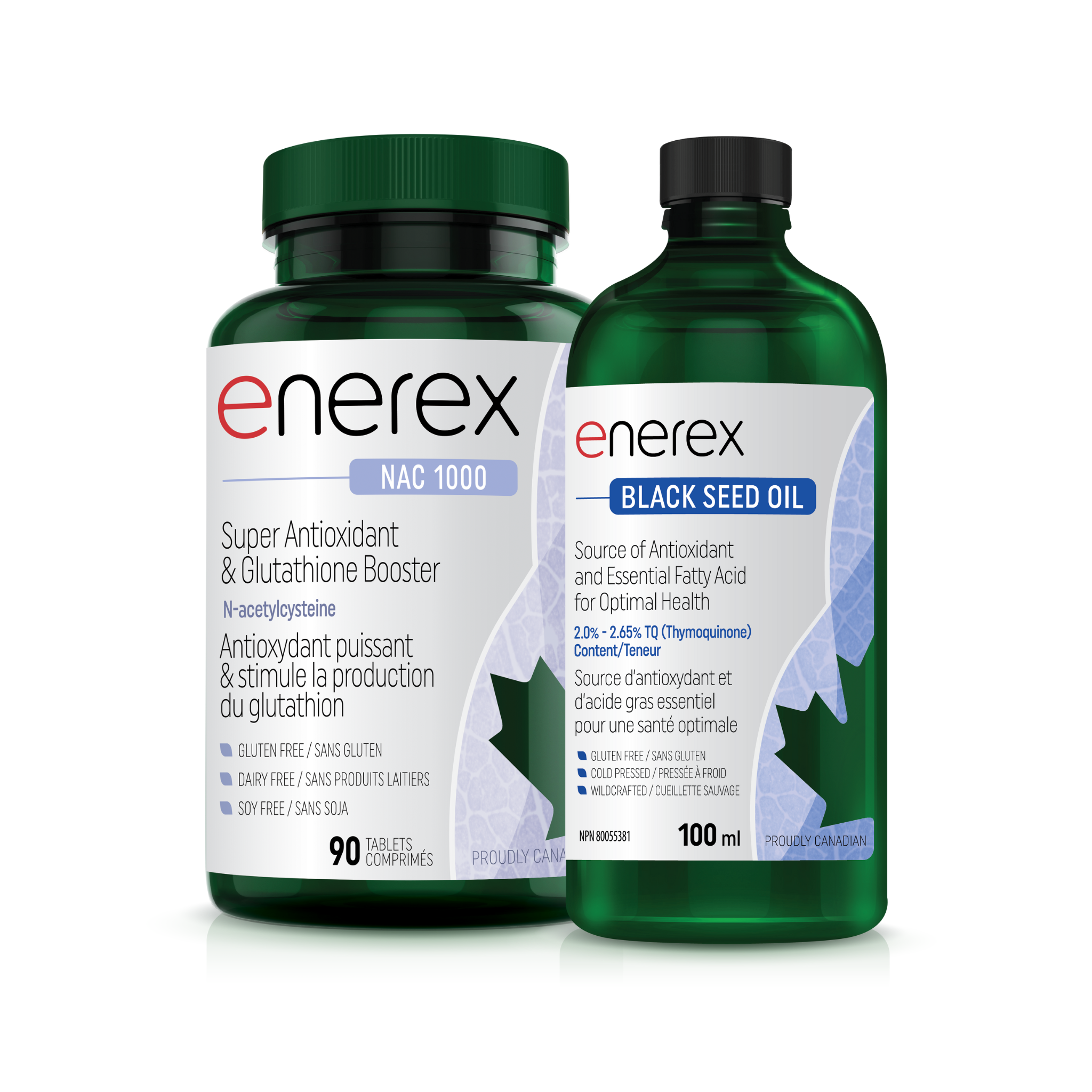
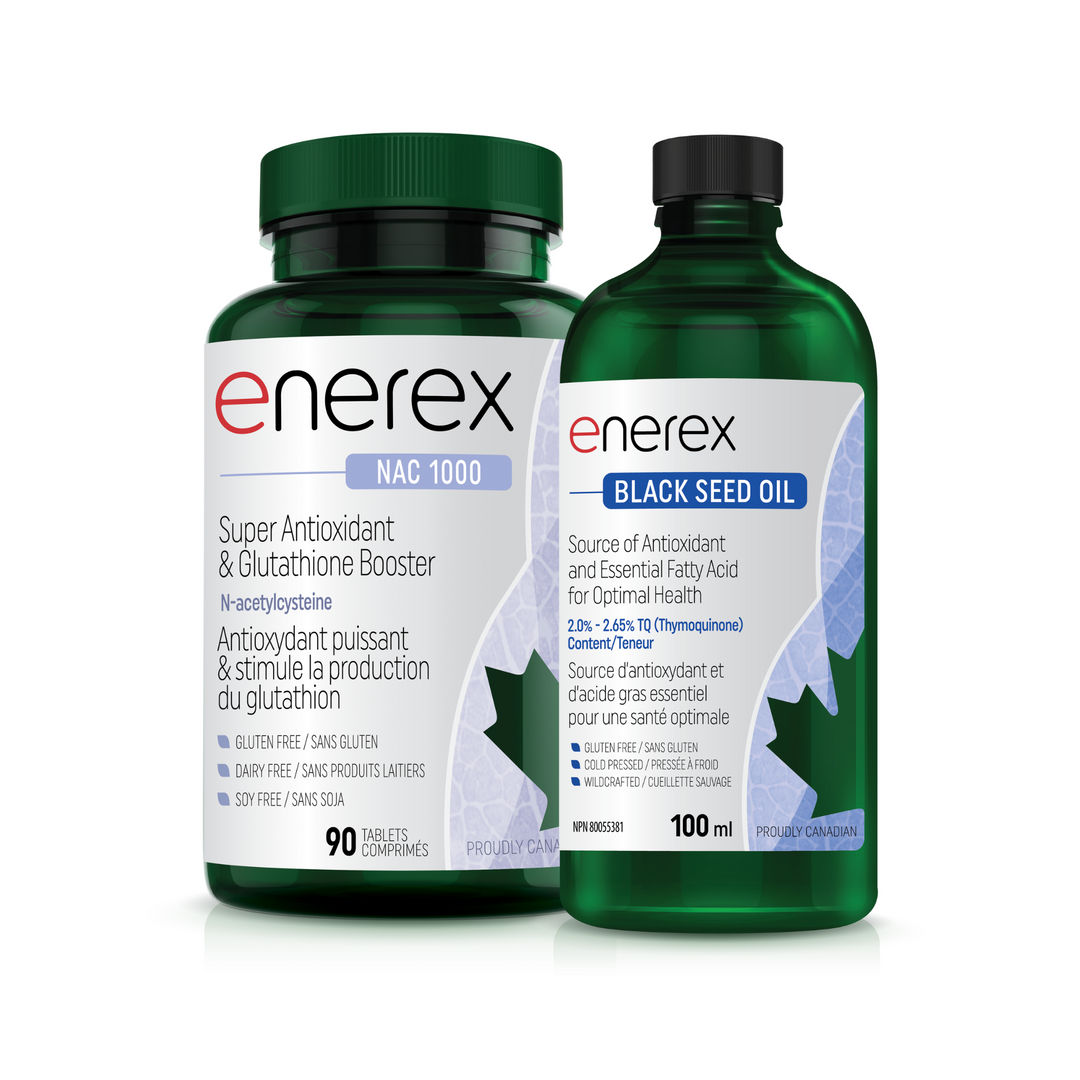
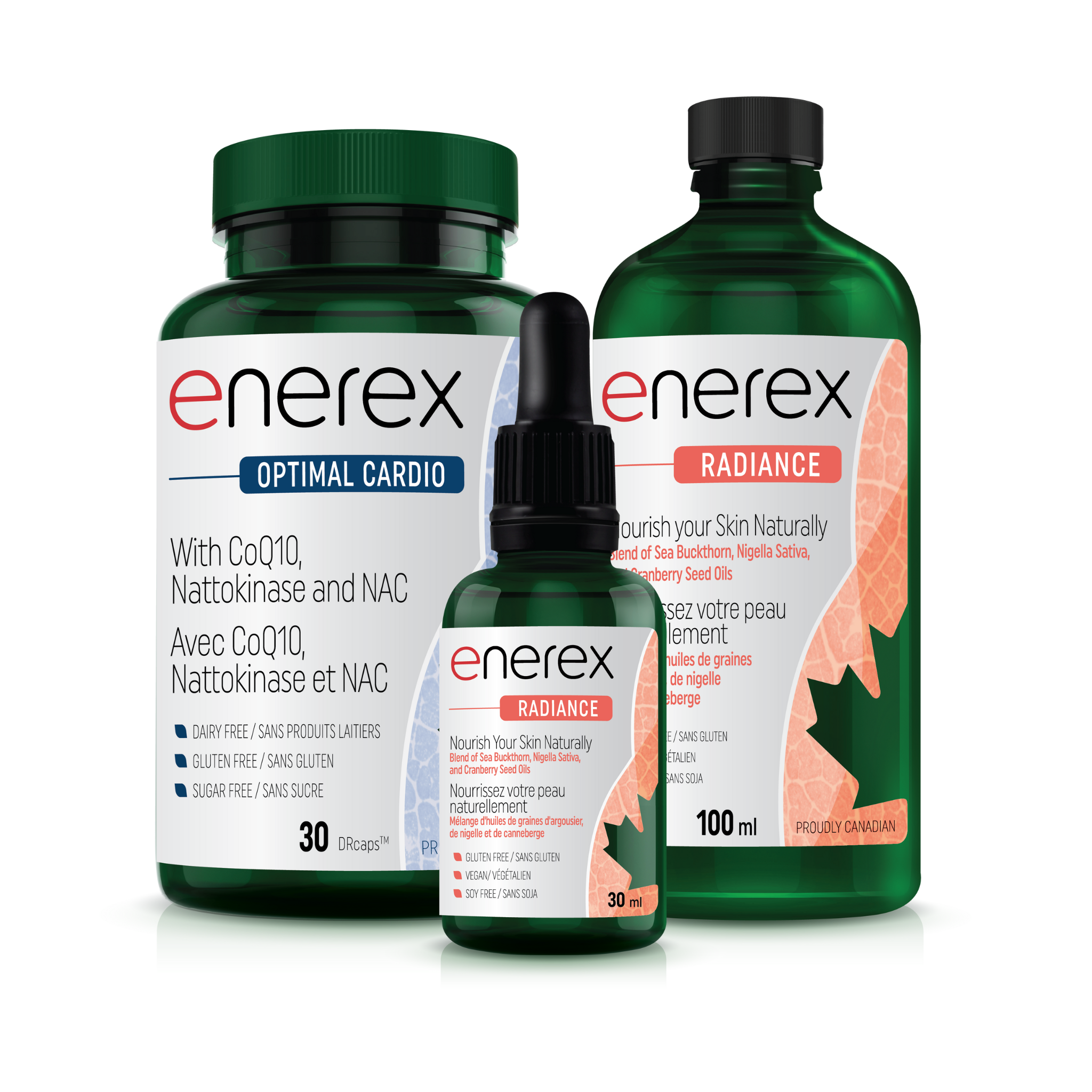
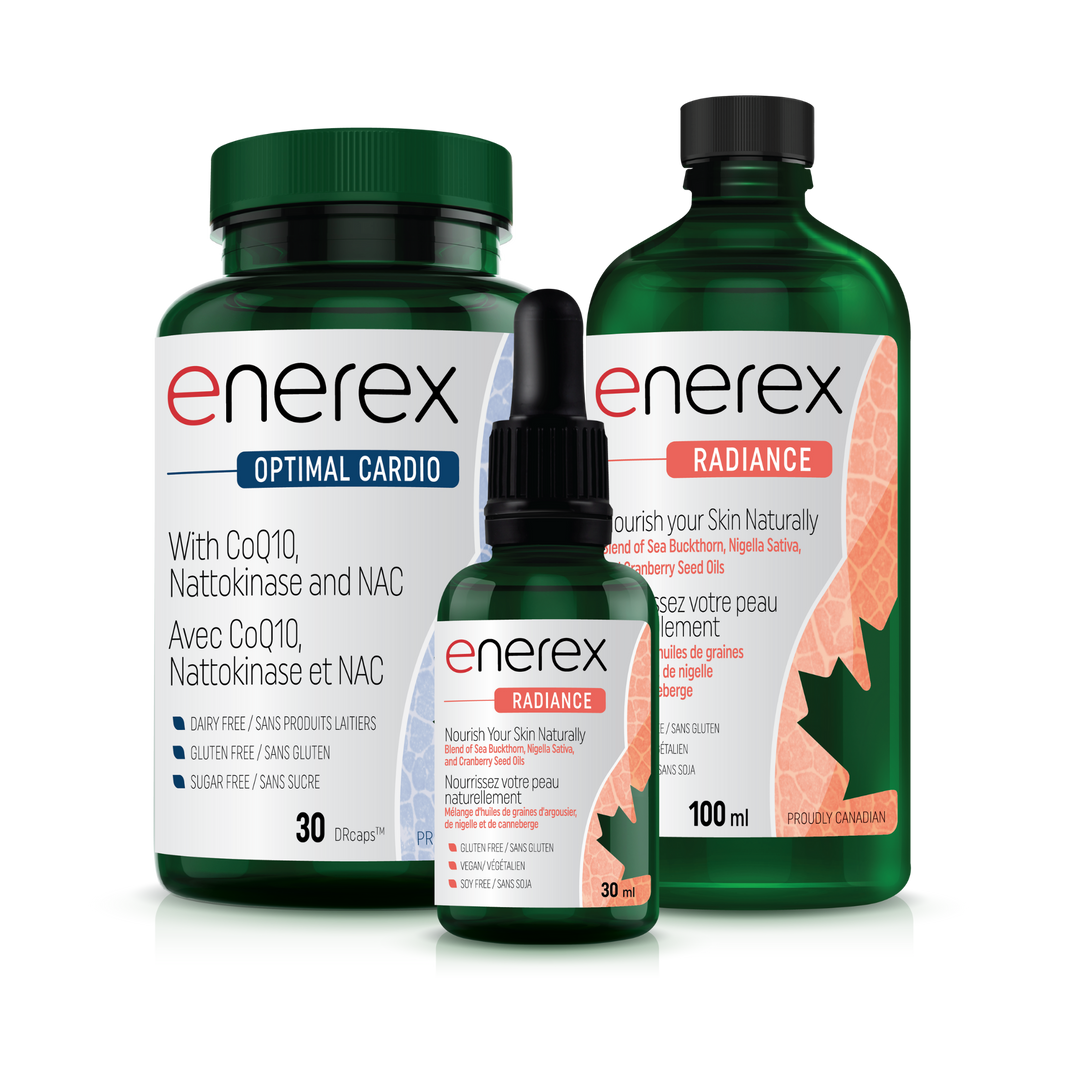
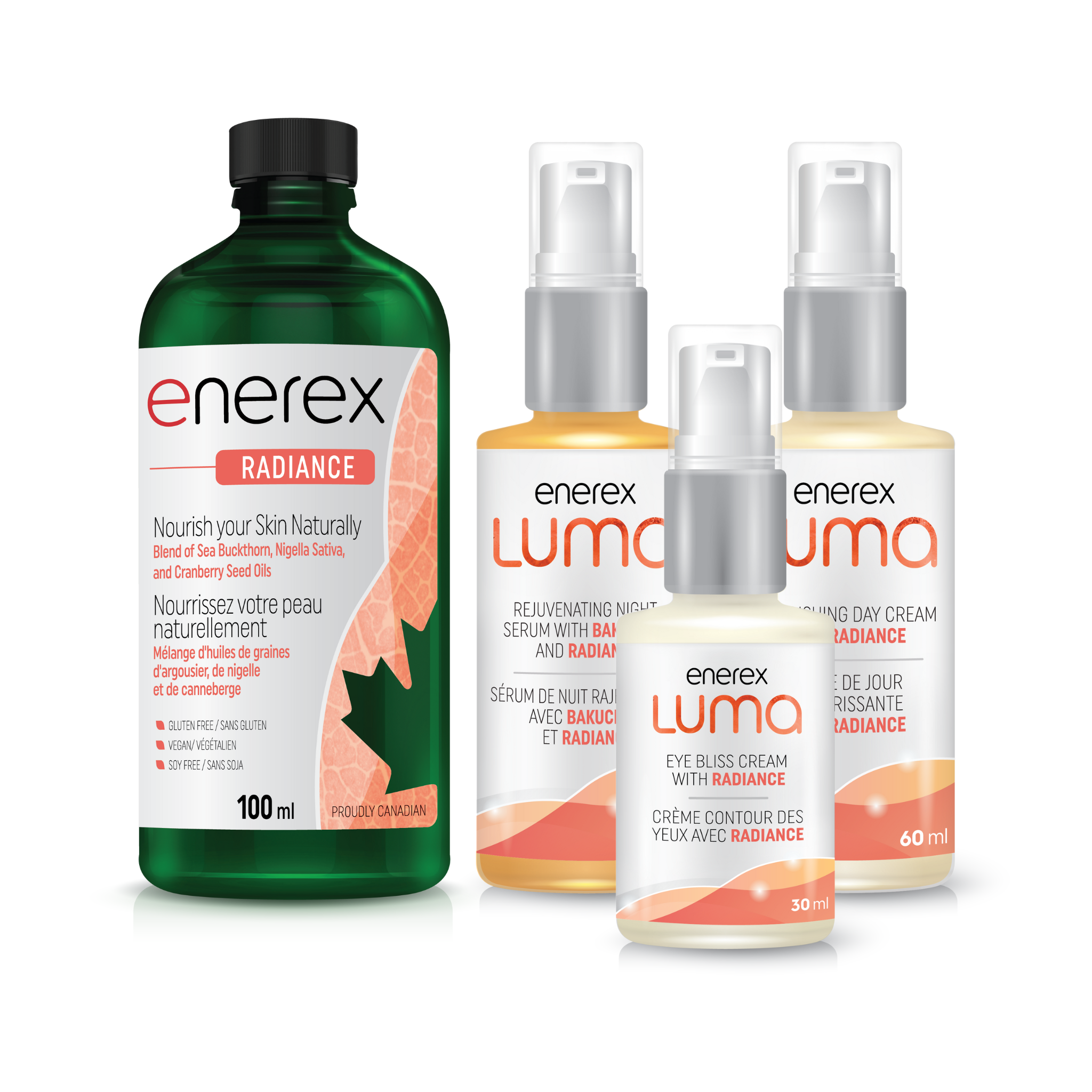
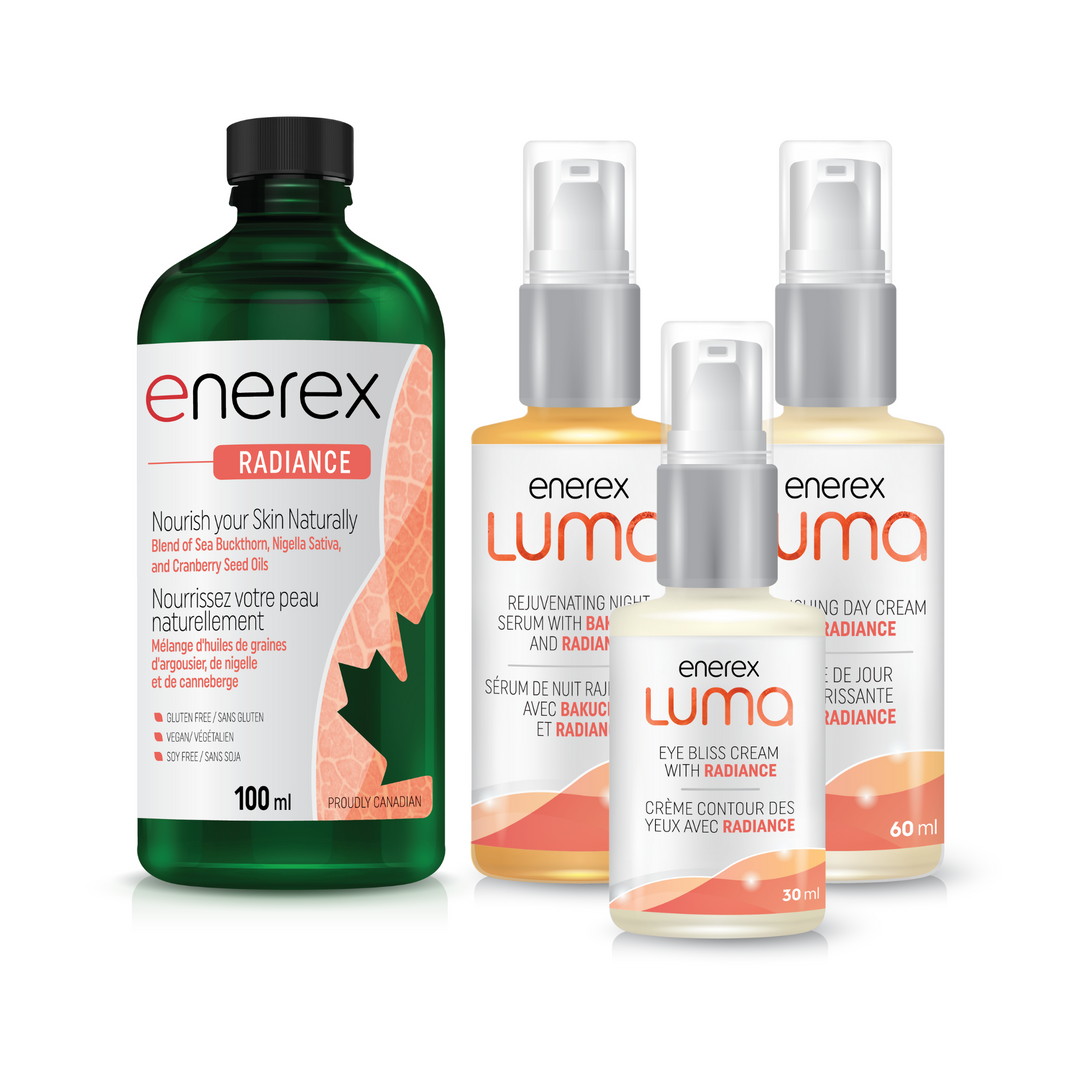
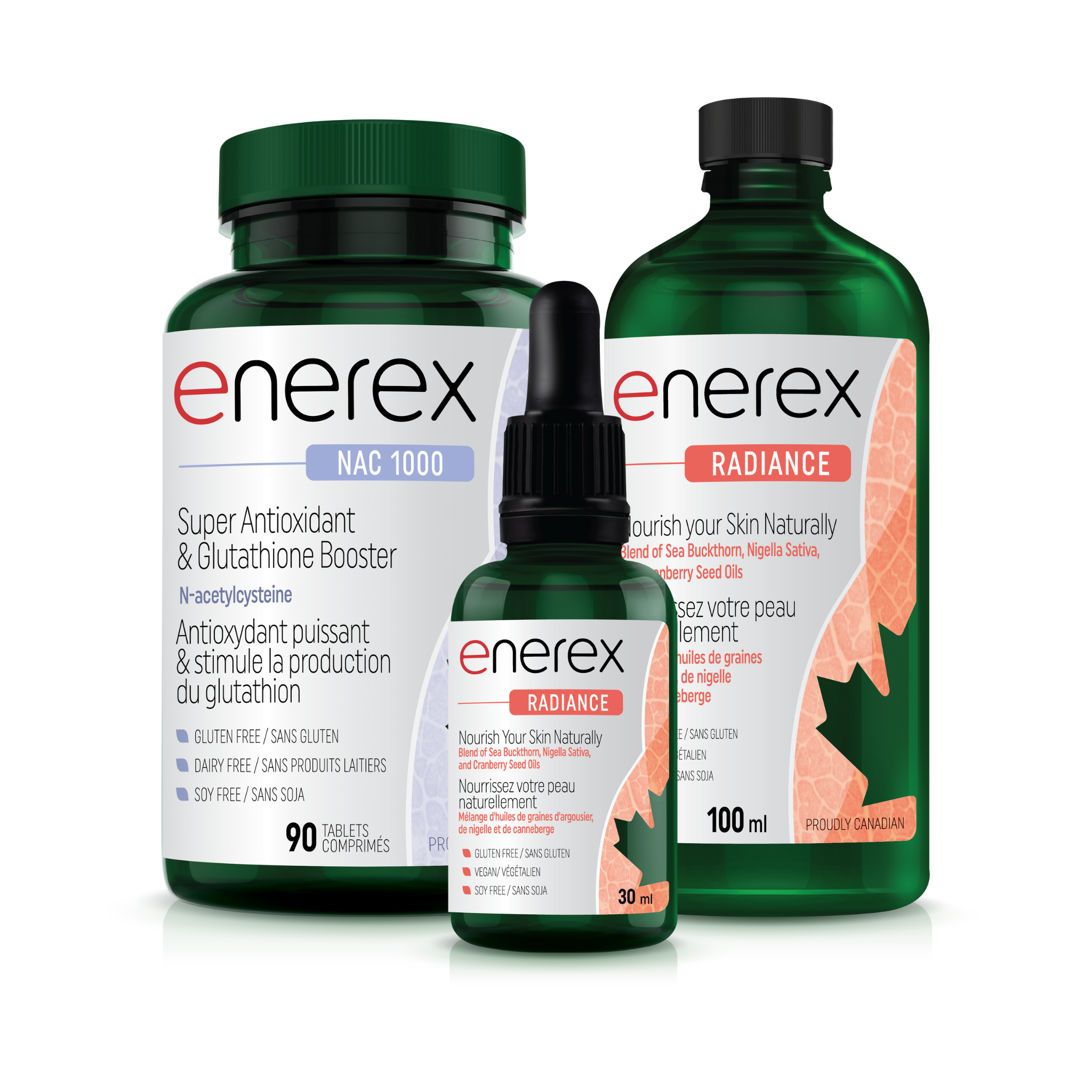
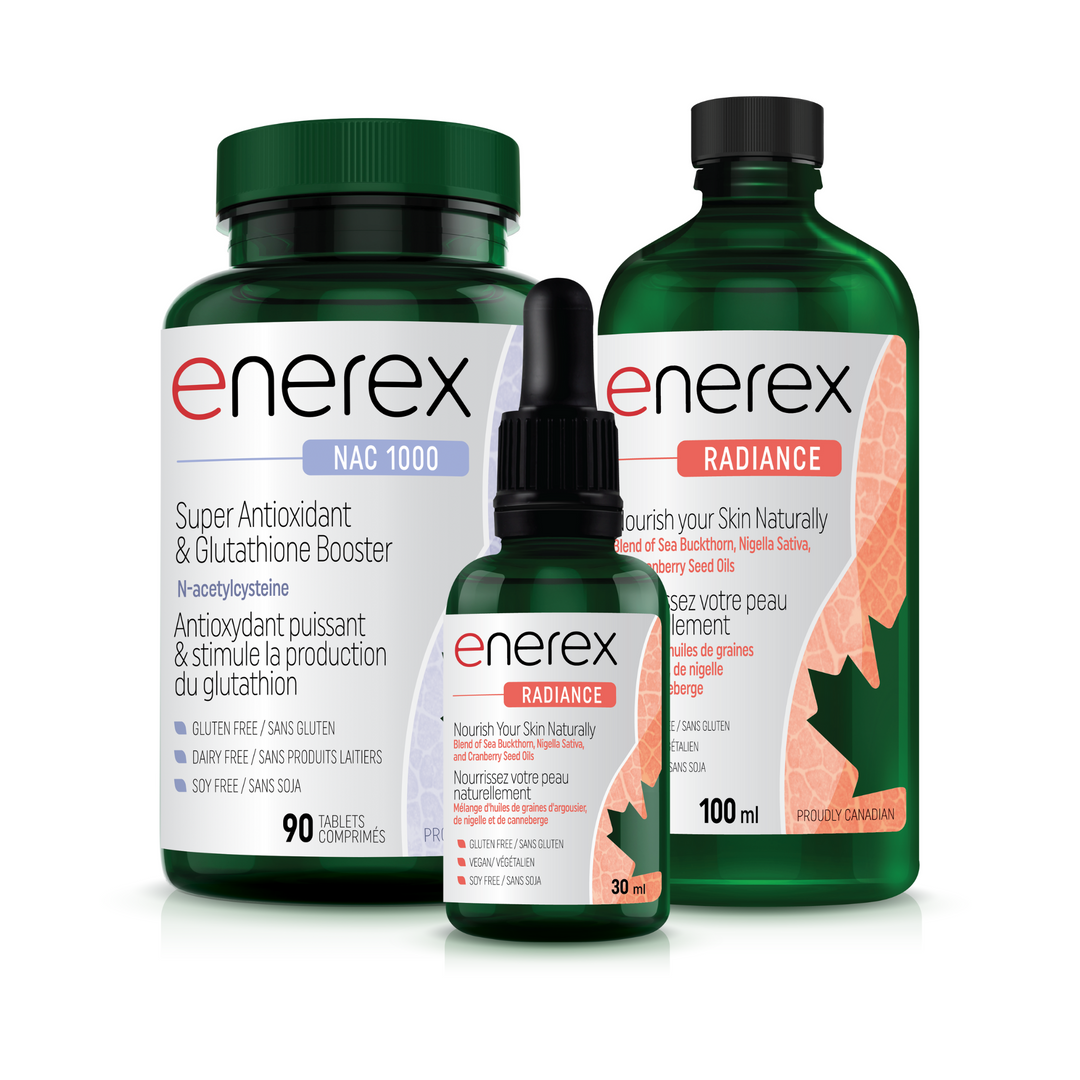


Leave a comment